We live in a digital age where not just computers but televisions, phones, cars, thermostats, and even lightbulbs are controlled by electrons flowing through silicon chips, governed by our choices or by machine-learning algorithms making choices faster and better than we can.
Some may disagree, but compared to the days of my youth, in the dim, distant 60s and 70s, I believe we enjoy a superior quality of life as a result of advances in digital technology. As Arthur C. Clarke said in his 1962 book, Profiles of the Future: An Inquiry into the Limits of the Possible, ‘Any sufficiently advanced technology is indistinguishable from magic’. I have no trouble believing that an iPhone would have appeared magical back then, let alone one that wakes up when I look at it. The same goes for my enquiring of a grey cylindrical object on the kitchen countertop what the weather is going to be today, or instructing it to play ‘My Favorite Things’ by John Coltrane, and being answered or obeyed.
Perhaps because life in the third decade of the twenty-first century, for those of us in technologically developed countries, seems to involve almost total submersion in an ocean of digital devices, I suspect I am not the only one who enjoys occasionally being cast away on an island of mechanical wonder, where devices involve moving parts more than moving electrons.
Is this fascination a consequence of advancing age and nostalgia for a bygone era, where the sun shone every day, everyone knew their neighbours, and England possessed the world’s best football team? I think not. Instead, I attribute it to the greater appreciation for craftsmanship, artistry, engineering prowess, and superb design that comes with life experience, as well as greater financial wherewithal.
Five to push and pull
I own five devices that require me to slide, twist, turn, wind, push, or pull specific components in order for them to do their job. The movement of these components, relative to the other parts of the device, is integral to their operation. These are examples of precision engineering, where designers and manufacturers paid careful attention to tolerances and alignment of moving parts. Does this make them mechanical devices? In my book, yes—even though several also contain printed circuits and silicon chips.
A term often associated with mechanical devices, signalling their intrinsic difference from digital counterparts, is ‘analogue’. For those who crave well-defined terms, the information conveyed by an analogue device is represented by a continuously variable physical quantity, for example, a spatial position, as opposed to the discrete packets of information conveyed by digital systems. It’s the difference between music reproduced on an analogue vinyl disc versus a compact digital disc (or, these days, streamed to your digital device).
Since these continuously variable adjustments in spatial position are almost always achieved by the sliding, twisting, and turning of moving parts —the hallmark of mechanical devices—the terms ‘mechanical’ and ‘analogue’ inevitably become entangled.
The slide rule
I still own and occasionally enjoy using my slide rule, a wonderful example of a well-engineered mechanical device illustrated in these first photos. Beyond its primary use as a calculating tool, I have come to regard appreciation of the slide rule as a nifty diagnostic for assigning people to generational categories. This is based upon the thesis that there are three types of people in the world: those who have heard of a slide rule; those who have not heard of a slide rule; and those who have used a slide rule. Individuals in the latter category will have attended high school in the 60s/70s and before.
The slide rule might be the world’s simplest mechanical device regarding its physical manipulation, requiring only a gentle slide of the central register to perform a calculation, but one of the most complex with regard to the mathematical knowledge required to make use of its capabilities.
This magnificent instrument deserves an entire article to provide a comprehensive explanation of its inner (or rather outer) workings. In brief, William Oughtred, an English mathematician and Anglican clergyman, invented the slide rule in 1622, building upon the invention of logarithms by the Scottish mathematician, William Napier, and of logarithmic scales by William Gunter, another mathematical clergyman, of Welsh descent. This is a device derived from mathematical innovations across the British Isles!
Oughtred’s inventive leap was to slide two adjacent logarithmic scales by one another to perform multiplications and divisions. A further sliding element, the cursor, facilitates reading the calculated value directly from the appropriate point on the scale.
The advent of electronic calculators during the 1970s rendered slide rules obsolete. Those remaining in circulation doubtlessly lurk at the back of cluttered desk drawers or are for sale on eBay. Next year will be the 400th anniversary of its invention—surely an occasion for a slide rule party, where those of us still owning one take it out and perform a multiplication in honour of William Oughtred.
The wristwatch
The mechanical wristwatch is another example of an analogue device requiring manual manipulation to function. Unlike the slide rule, these can be found in regular use today, often on the wrists of sports stars and media celebrities, but also everyday folk who enjoy owning these miniaturised, mechanical, time-telling machines.
I own a small collection of mechanical watches, each chosen to feature an interesting twist on their primary function of displaying time in analogue fashion through the movement of hands around a dial. Some of these are ‘automatic’; that is, they wind themselves through the wearer’s motion via a freely rotating weight that delivers energy to the mainspring, thereby powering the watch.
Others are ‘hand winders’, the ‘purist’ form of the mechanical wristwatch, wherein the owner enjoys the periodic tactile pleasure of rotating the crown of the watch to transmit the necessary energy to the mainspring. I own examples of both varieties: the automatics for convenience and the hand-winders because I have purist tendencies.
The world of mechanical wristwatches is vast, and this essay cannot hope to cover the history, variety, and artistry of these fascinating devices. Let me share a few examples illustrating my perspectives on ownership.
The first illustrated, an automatic chronograph from the German brand Sinn, provides a link to the slide rules described earlier. In addition to telling the time and timing events through the use of its chronograph function, this ‘pilot’ style watch possesses a circular slide rule incorporated within the perimeter of the dial, operated by the crown at 10 o’clock.
This feature enables pilots to calculate useful parameters ‘on the fly’, such as wind direction and projected journey times. I find considerable joy in staring at this aesthetically pleasing array of geometric shapes and lines: a dial crowded with contrasting sub-dials, scales, and hand movements, especially when the chronograph function is activated by the ‘pusher’ at 2 o’clock.
The second example, from another German company Nomos, is quite a different kettle of fish. The case of this minimalist, hand-wound, ‘dress’ watch is 18k rose gold, created in the collision of two neutron stars, billions of years ago, many light years away from the factory in Glashütte where the timepiece was manufactured.
In addition to the hour, minute, and sweeping seconds hands, the dial features a fourth, power reserve-indicator hand, informing the wearer of how many of its eighty-four hours of full operating time have elapsed. The movement, visible through the sapphire window on the rear face of the watch, is a work of art, with sunburst engraving of the three-quarter plate typical of watches manufactured in this region, rubies embedded in gold chatons, and a hand-engraved balance cock. Who could not enjoy staring repeatedly at both the front and back of this beauty?
The Brompton
Turning now to mechanical wizardry at a larger scale and British origin, the next example is a folding bicycle. ‘The Brompton’ has become a major export success: it is a fully functional bicycle which folds swiftly and ingeniously to occupy a tiny footprint, easily carried onto a Tube train, stored under the office desk, or stowed in the front trunk of a Porsche Boxster (more on that later).
My folding or unfolding of the bike, now practised and smooth, provides endless amusement for passers-by, marvelling at its transformation from a titchy bundle of wheels, gears, and chains to a transportation-ready bicycle. The striking paint job and classic Brooks saddle add to its visual impact. ‘The Brompton Fold’ is made possible by cleverly designed joints at non-intuitive locations, which are opened to collapse the frame into smaller dimensions or locked to provide the rigidity necessary to support the weight of an adult rider confidently.
When folded, with seat-post removed, my Brompton can indeed fit into the trunk of a yet larger object of precision engineering…
The Boxster
It fits neatly into my tomato-red Boxster. Often portrayed as a ‘poor man’s 911’, or a purchase made to assuage the insecurities of a man undergoing a mid-life crisis, this convertible, mid-engined, two-seater sports car perfectly scratches that itch felt by motorists seeking a wind-in-their-hair, performance sports car experience in a beautiful vehicle that does not cost as much as a small house.
Operating its retractable canvas roof, nudging its perfectly balanced steering, or gingerly applying its brakes are each delightful tactile experiences. I take my hat off to those German engineers.
The Leica
Finally, I would like to describe the rewarding experience of owning yet another German engineering tour-de-force, a Leica Q2 camera—of course very familiar to readers of Macfilos. You might object to the inclusion of a digital camera in a collection of well-engineered mechanical objects and might suggest my enthusiasm should be directed, instead, to a classic M3 or M4.
But I am sure that those of you who own this camera appreciate the mechanical control of shutter speed, aperture and focus it affords: turning knobs with decisive clicks or smoothly rotating a ring with just the right amount of resistance. As well as being an object of beauty, it harkens back to that earlier era of photography, where light beams refracted through the lens collided with a stretch of film rather than an electronic sensor.
Although that experience of film photography is still open to me and other Macfilos readers, as is the additional fun of winding on the film with a lever, it is hard to forsake the convenience and instant gratification of viewing an image within seconds of its capture or adjusting it subsequently at the computer. Nevertheless, the Q2 has brought me a gratifying reminder of that mechanical and fully analogue world.
In our fast-paced world of ephemeral fads, these objects offer a contrast to the cheap and cheerful disposable items that clutter our everyday lives. I consider them worthy of being bequeathed to future generations, perhaps finding themselves in the hands of appreciative grandchildren and even great-grandchildren one day.
As long as people enjoy manipulating devices that require twisting, turning, sliding, pushing or pulling to fulfil their purpose, I am convinced they will enjoy owning and using well-engineered mechanical objects like those I have described.
What are your favourite mechanical devices, no longer strictly necessary but still offering the sort of pleasure you can never obtain from a computer chip? Let us know in the comments below…
More articles by Keith James
Join our community and play an active part in the future of Macfilos: This site is run by a group of volunteers and dedicated authors around the world. It is supported by donations from readers who appreciate a calm, stress-free experience, with courteous comments and an absence of advertising or commercialisation. Why not subscribe to the thrice-weekly newsletter by joining our mailing list? Comment on this article or, even, write your own. And if you have enjoyed the ride so far, please consider making a small donation to our ever-increasing running costs.

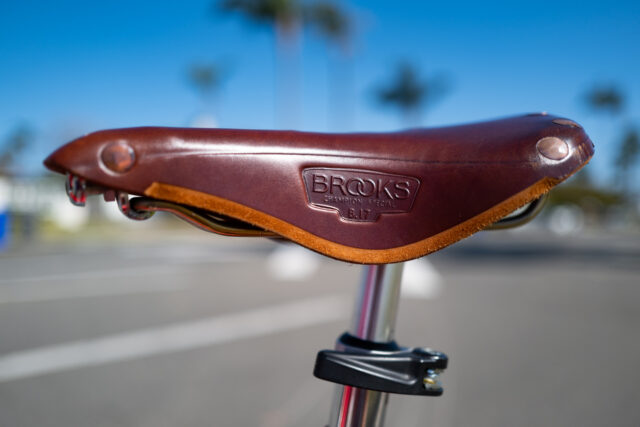
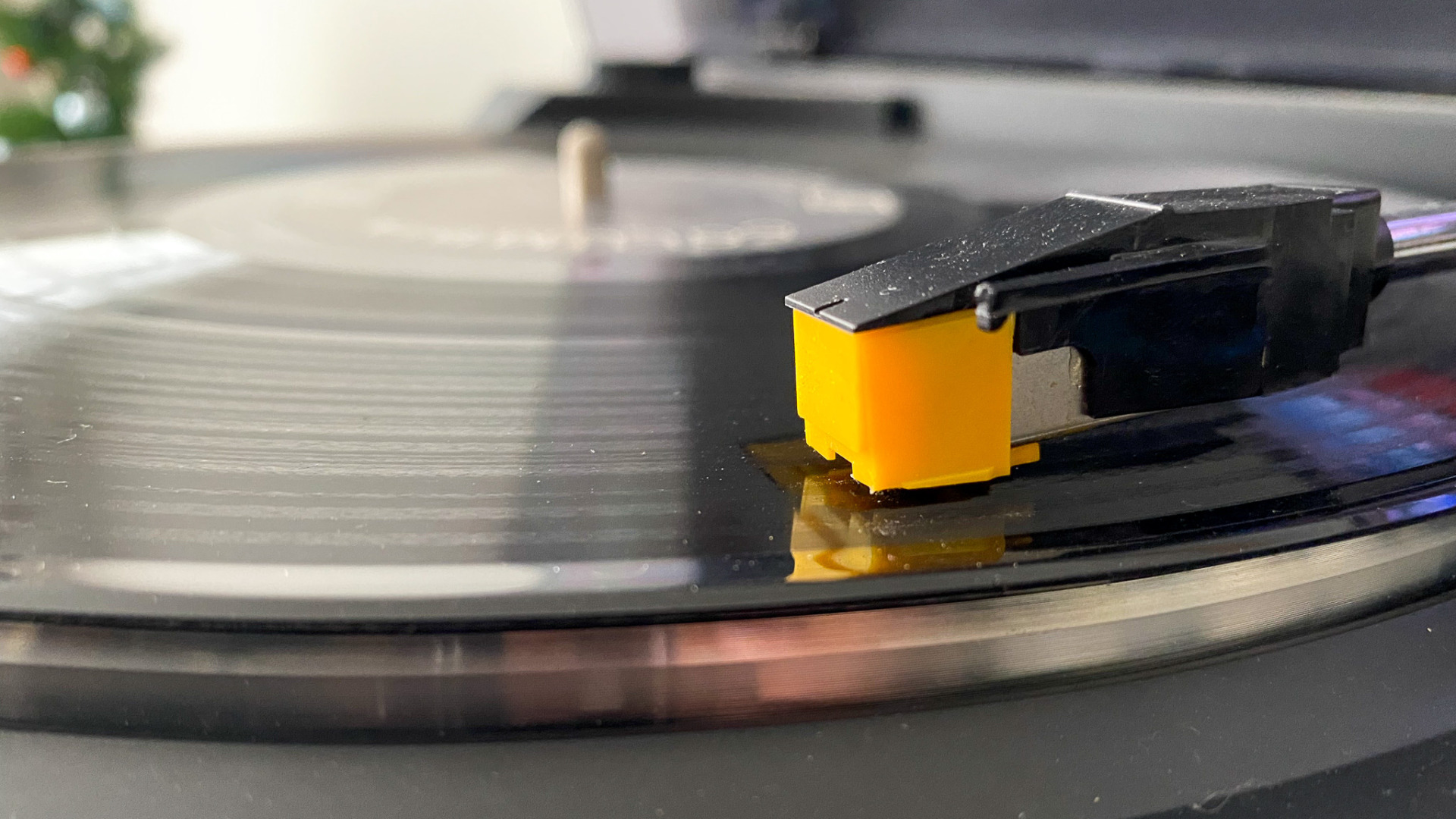
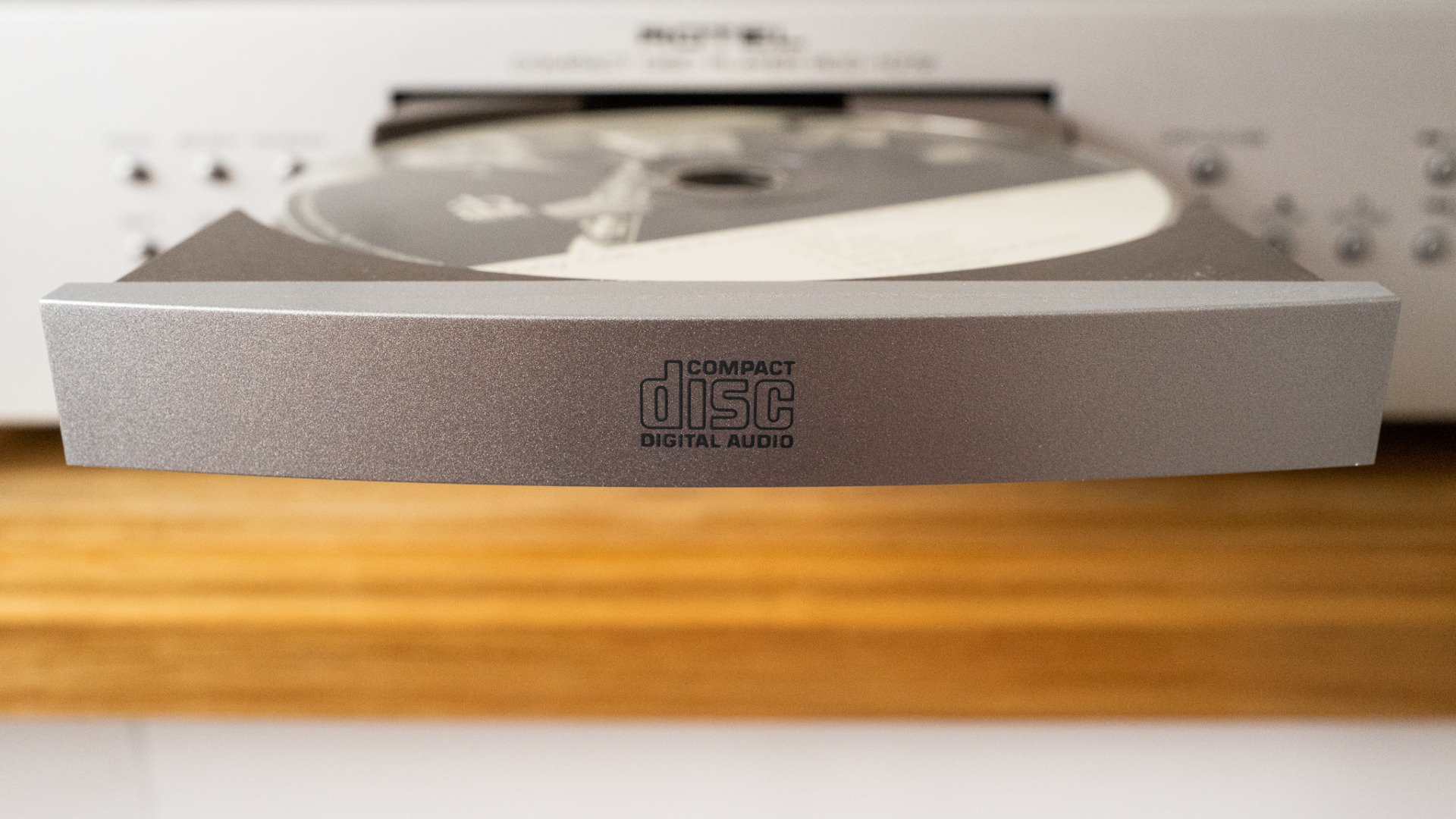
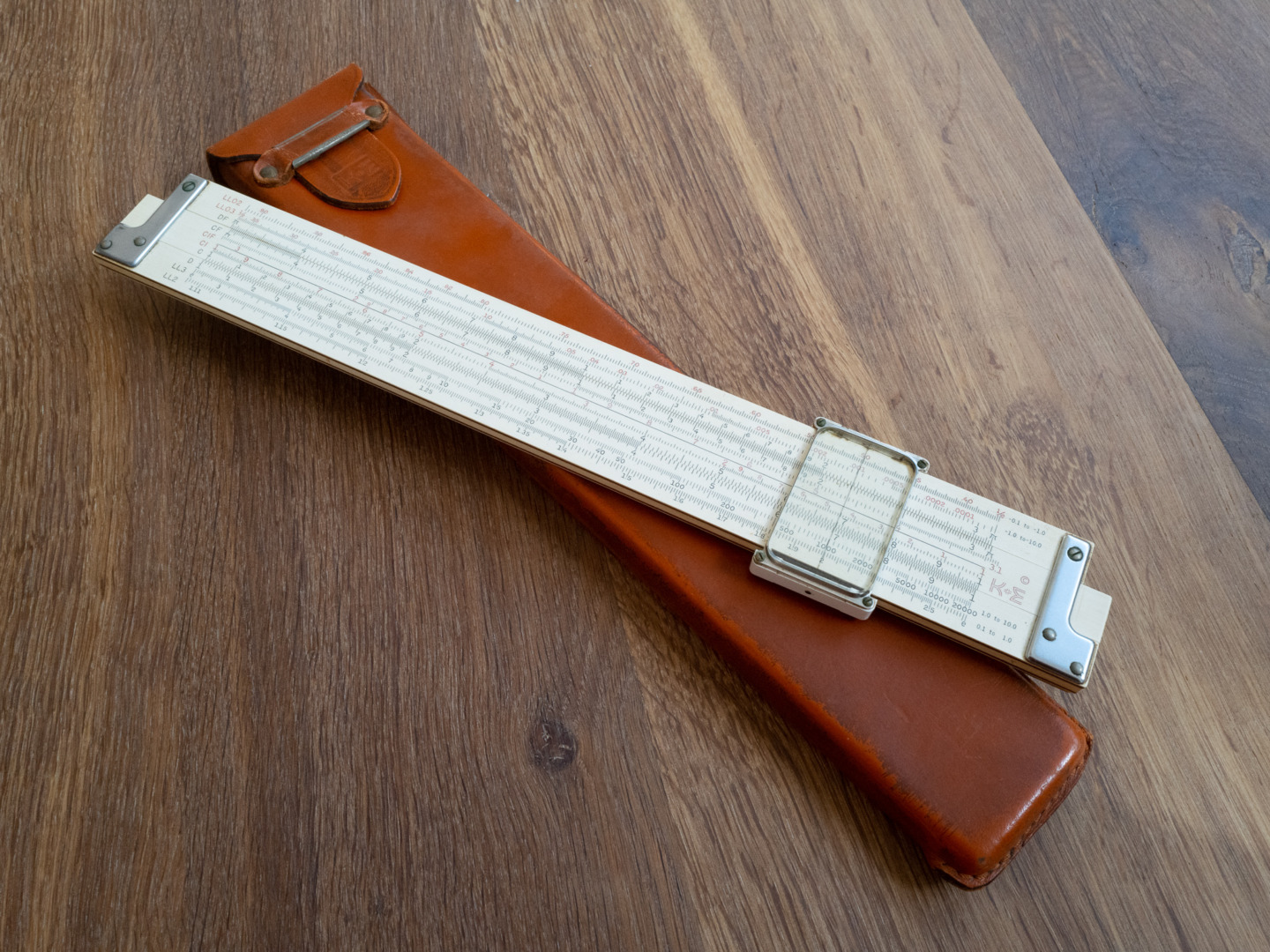
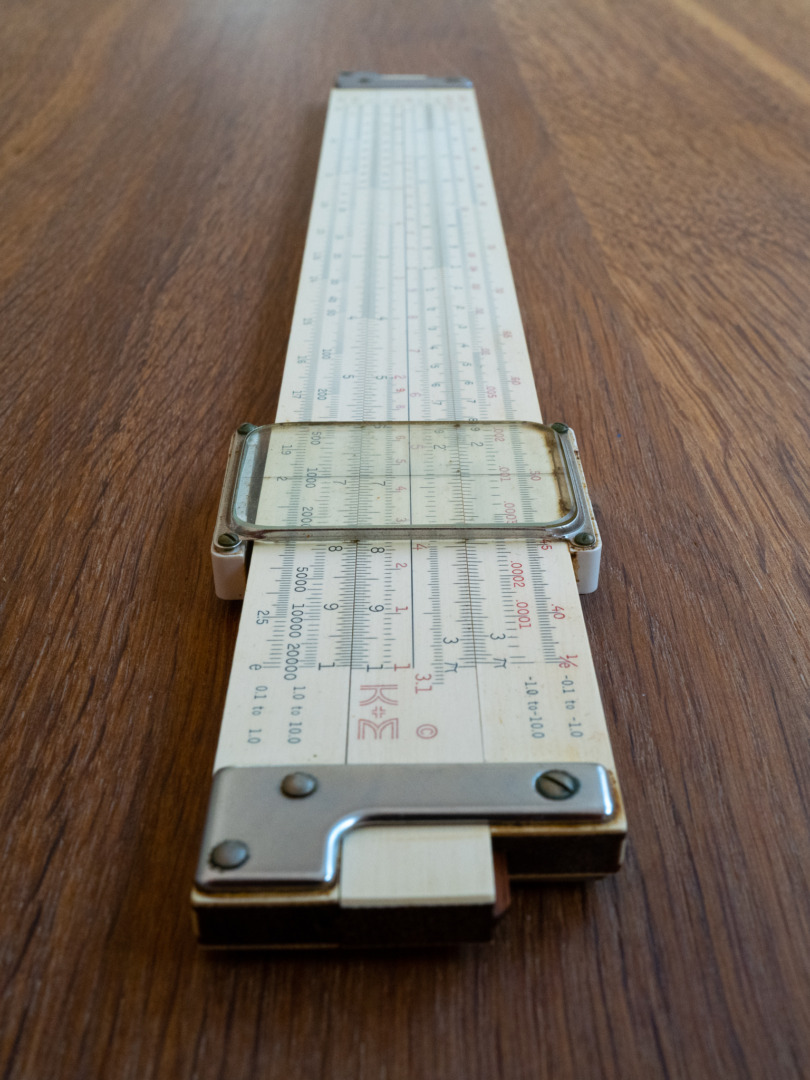
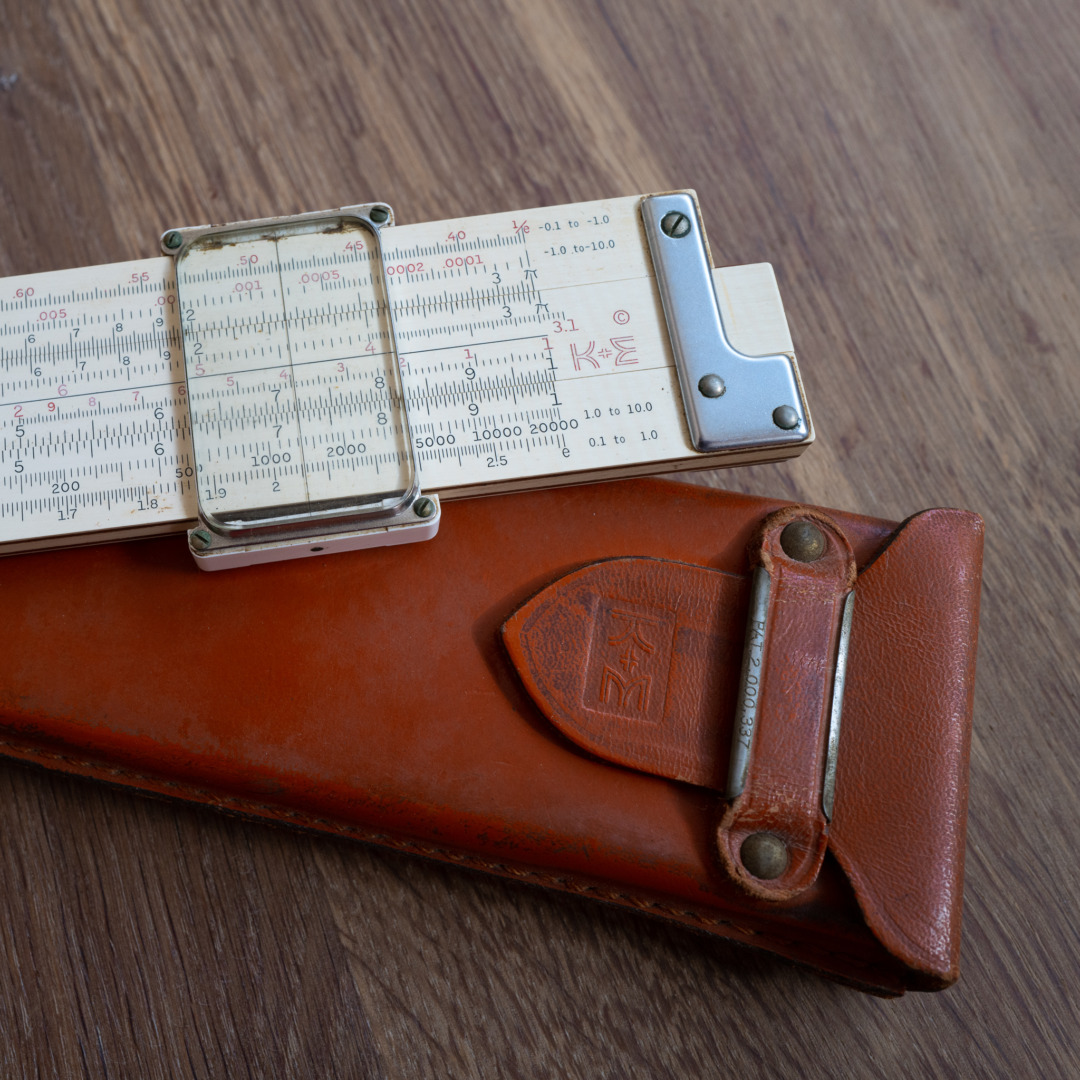
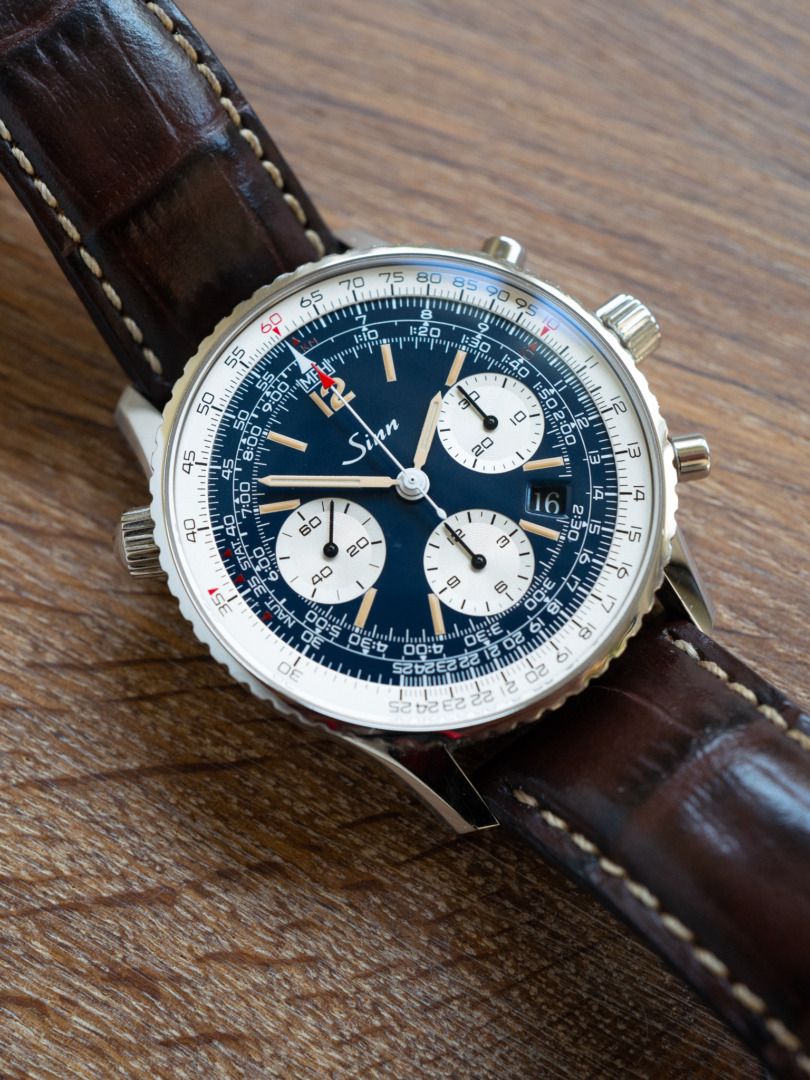
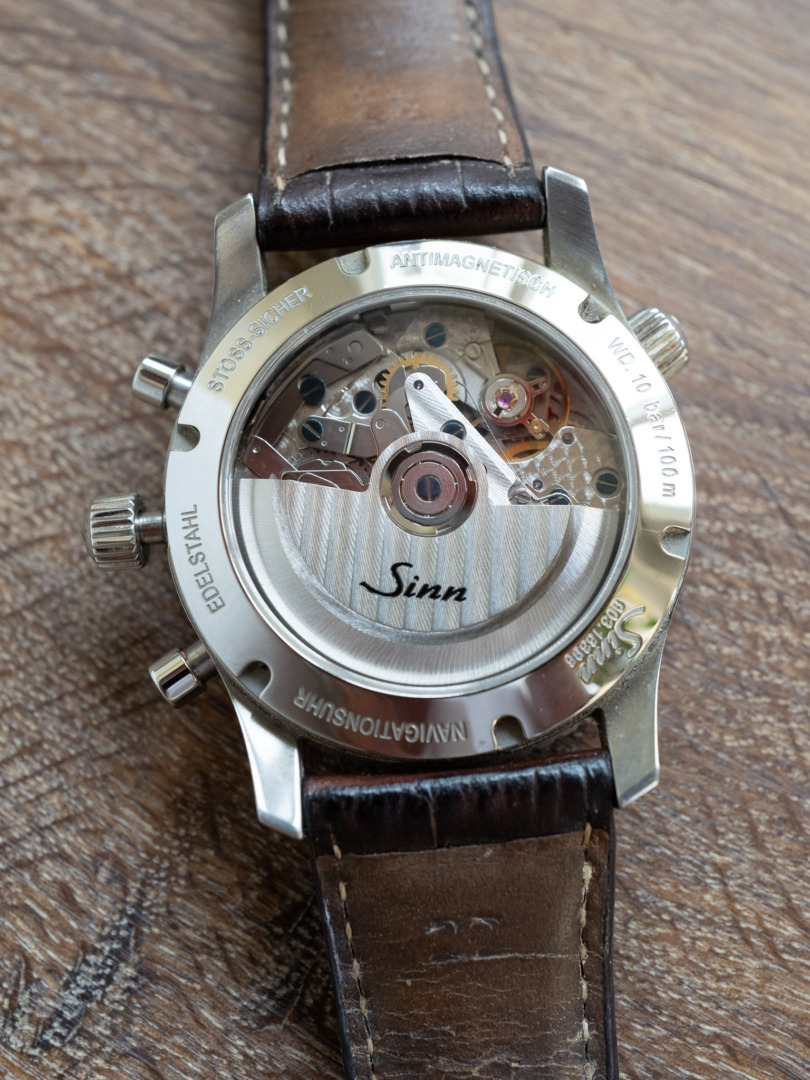
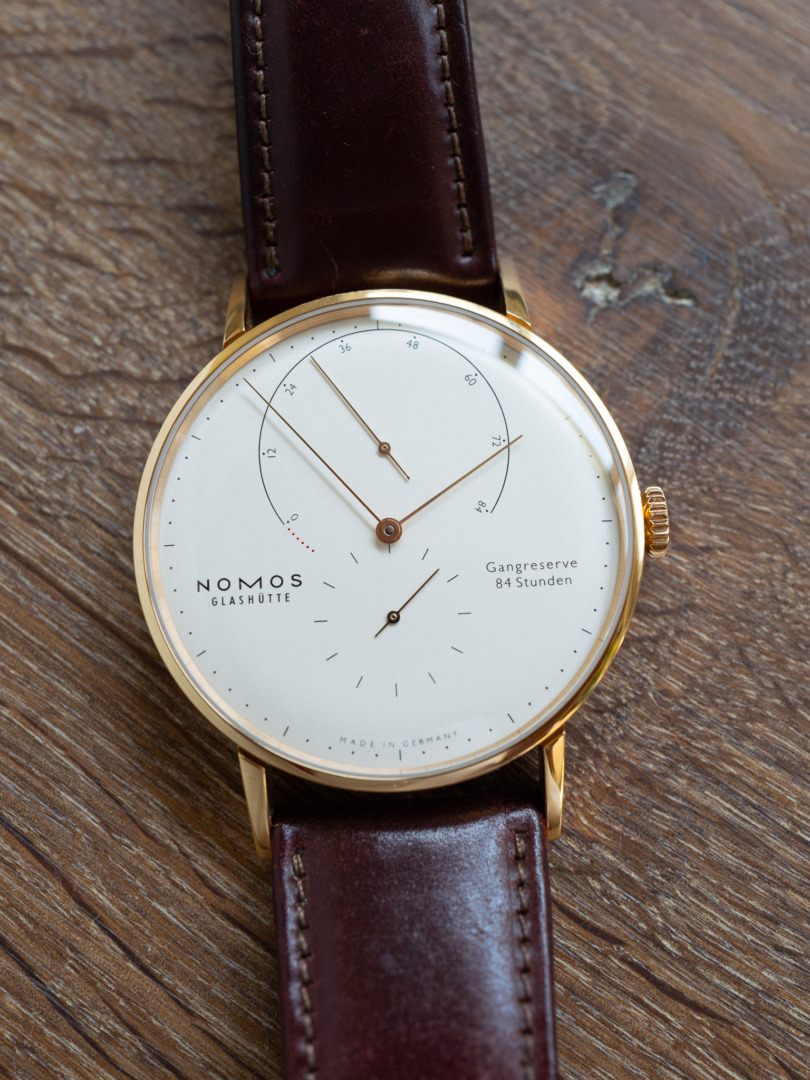
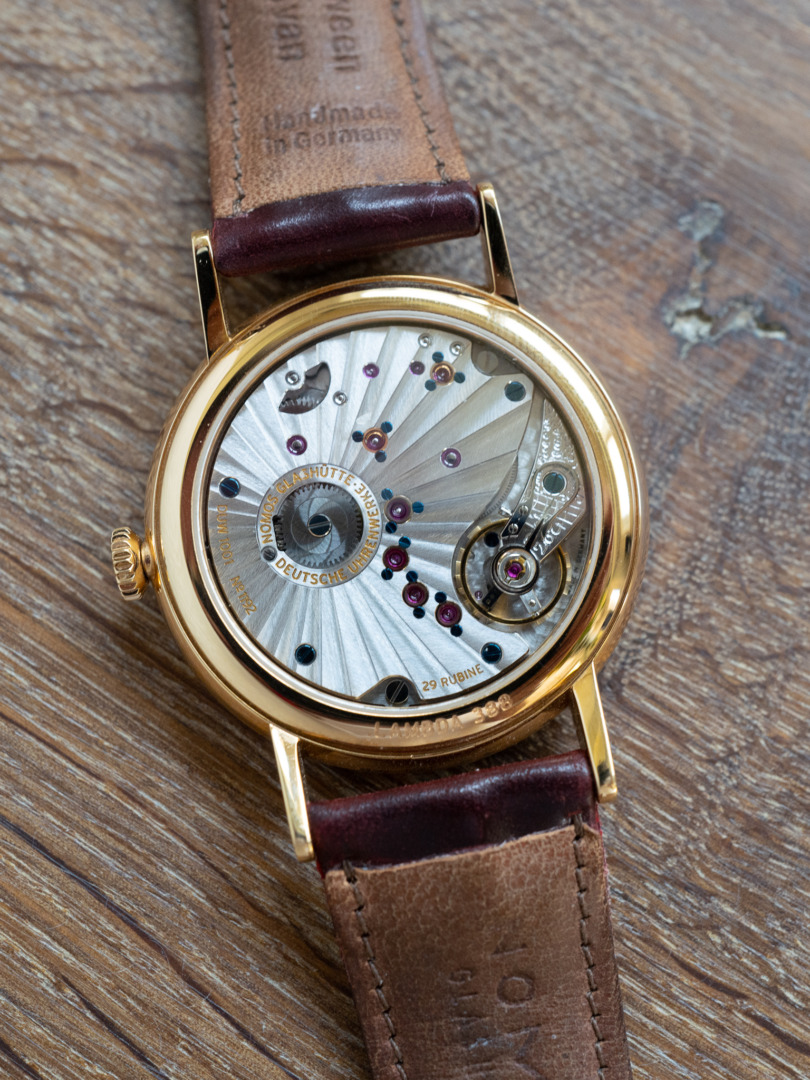
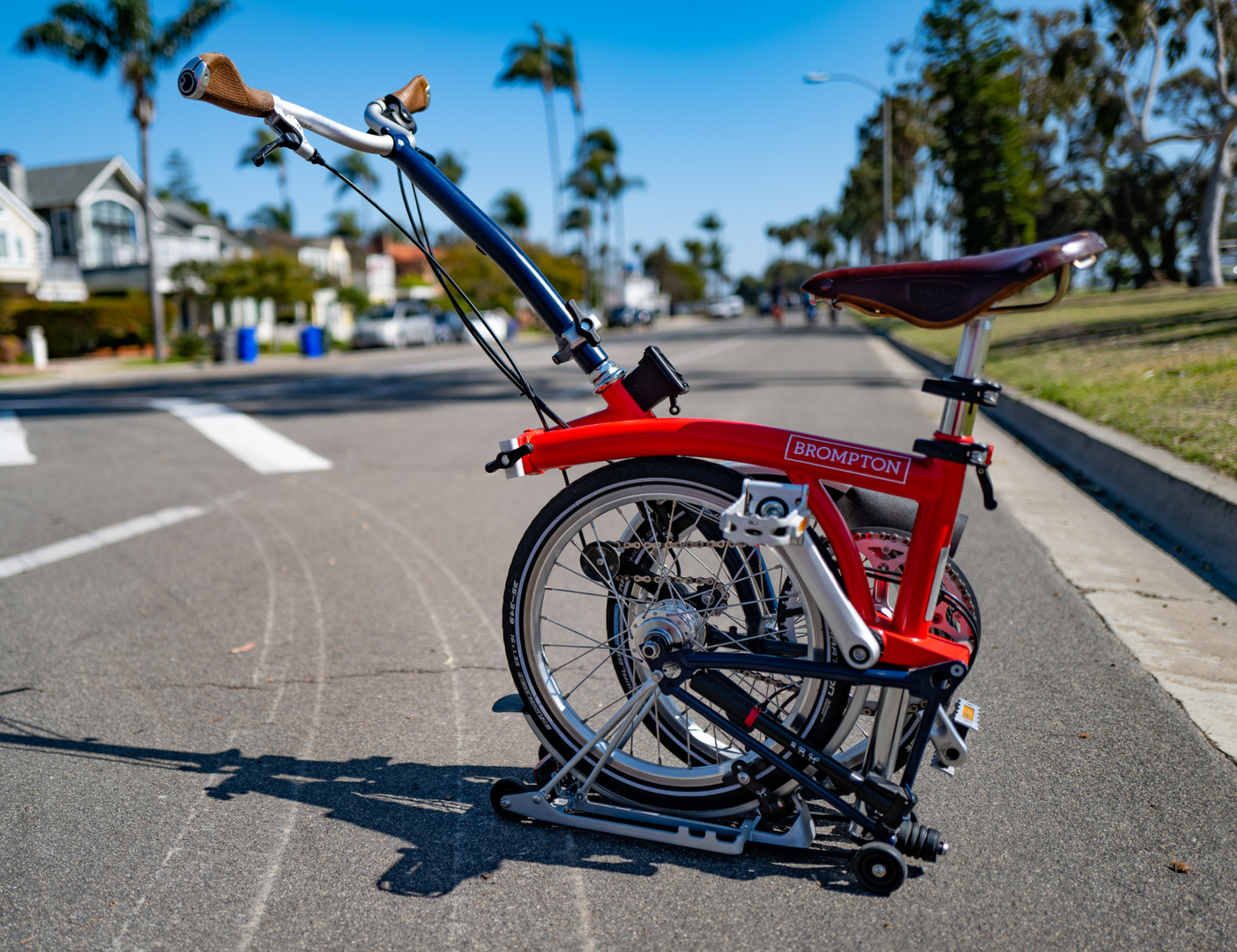
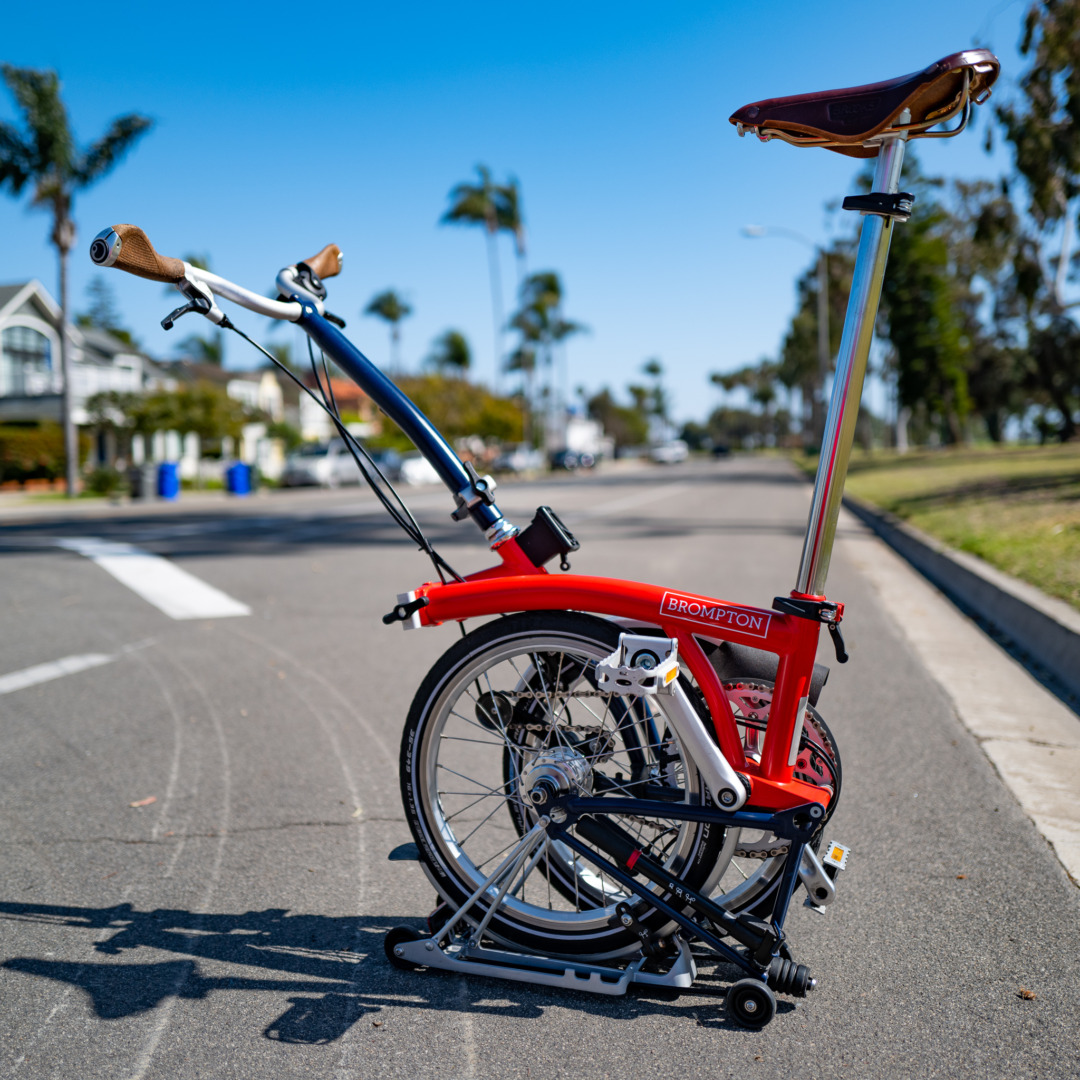
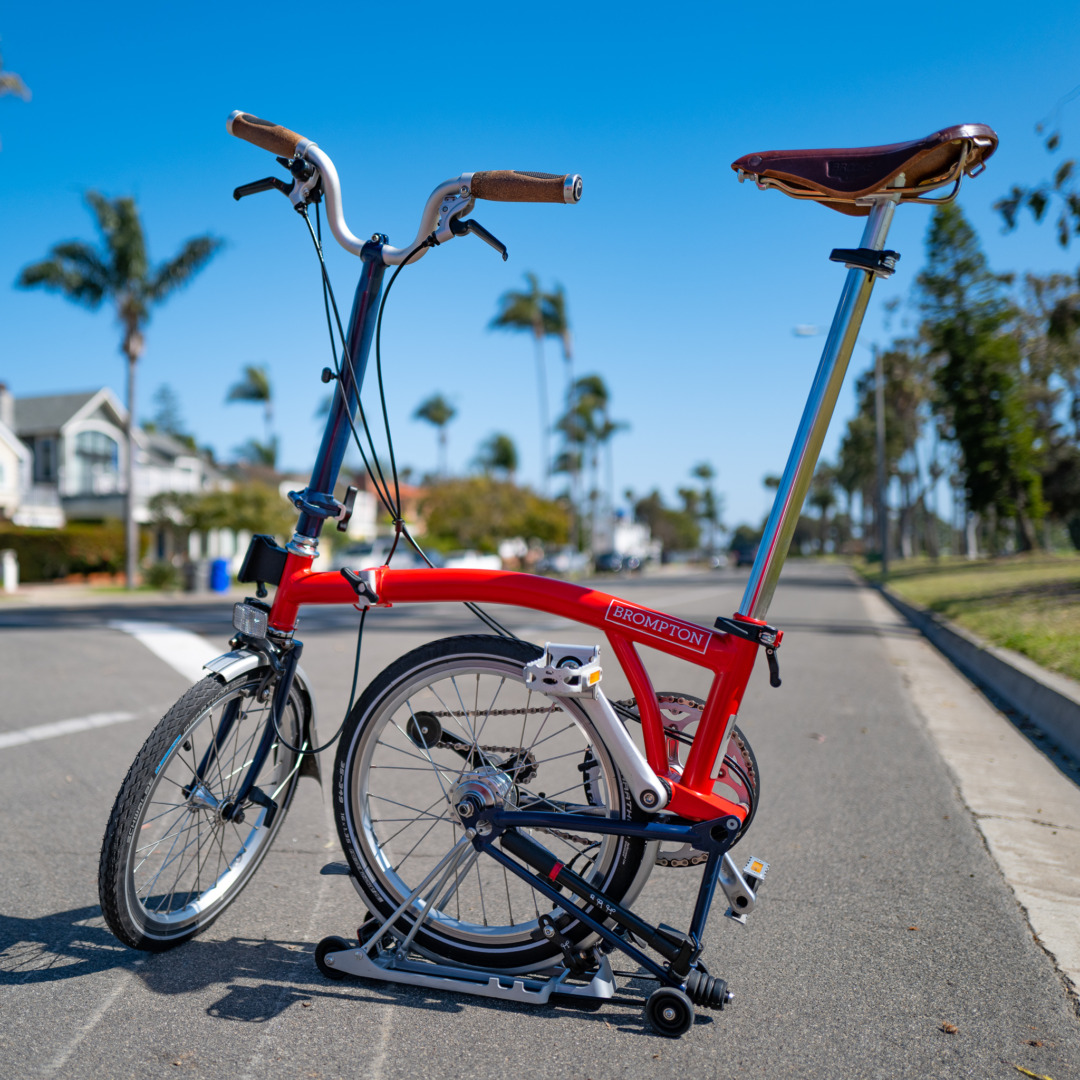
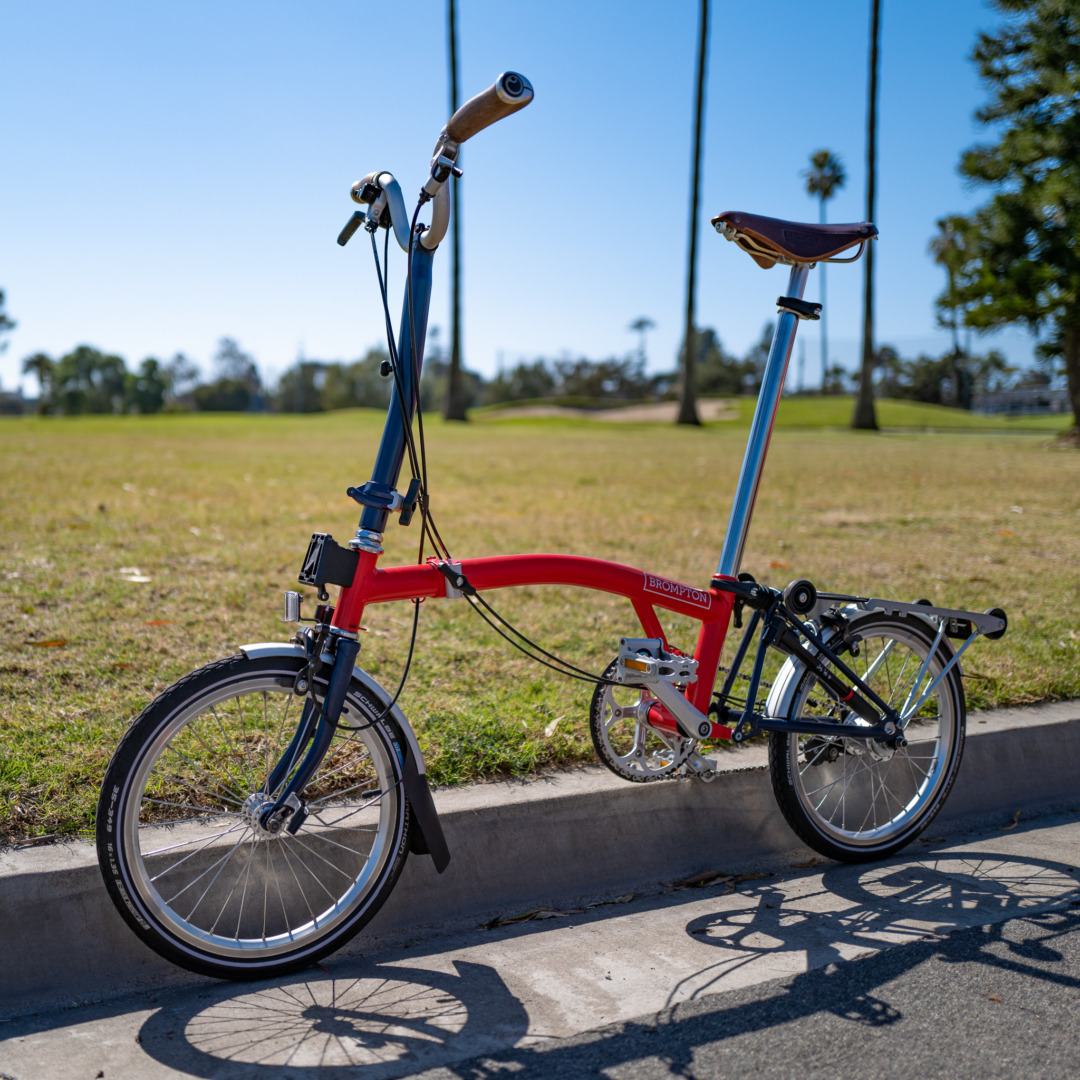
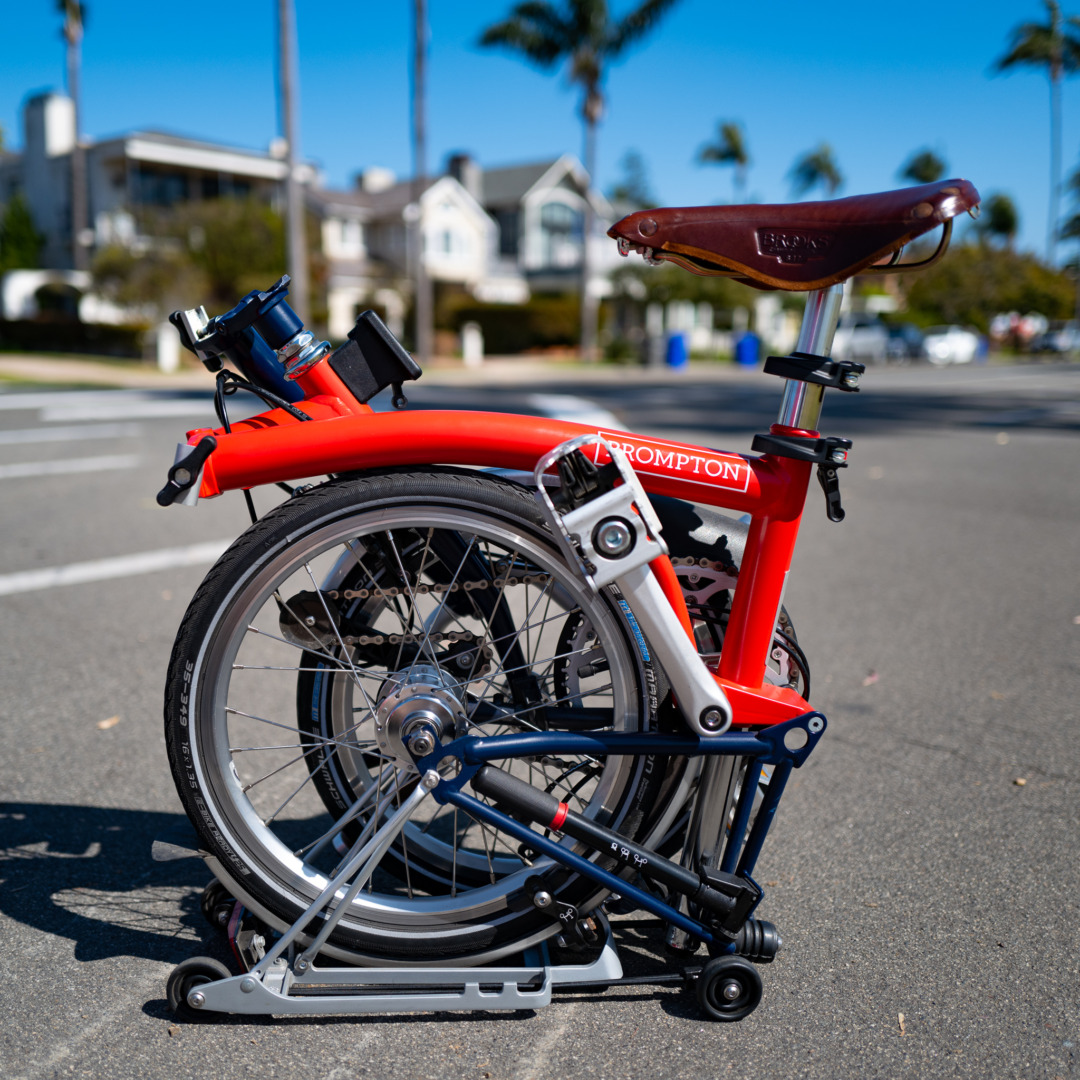
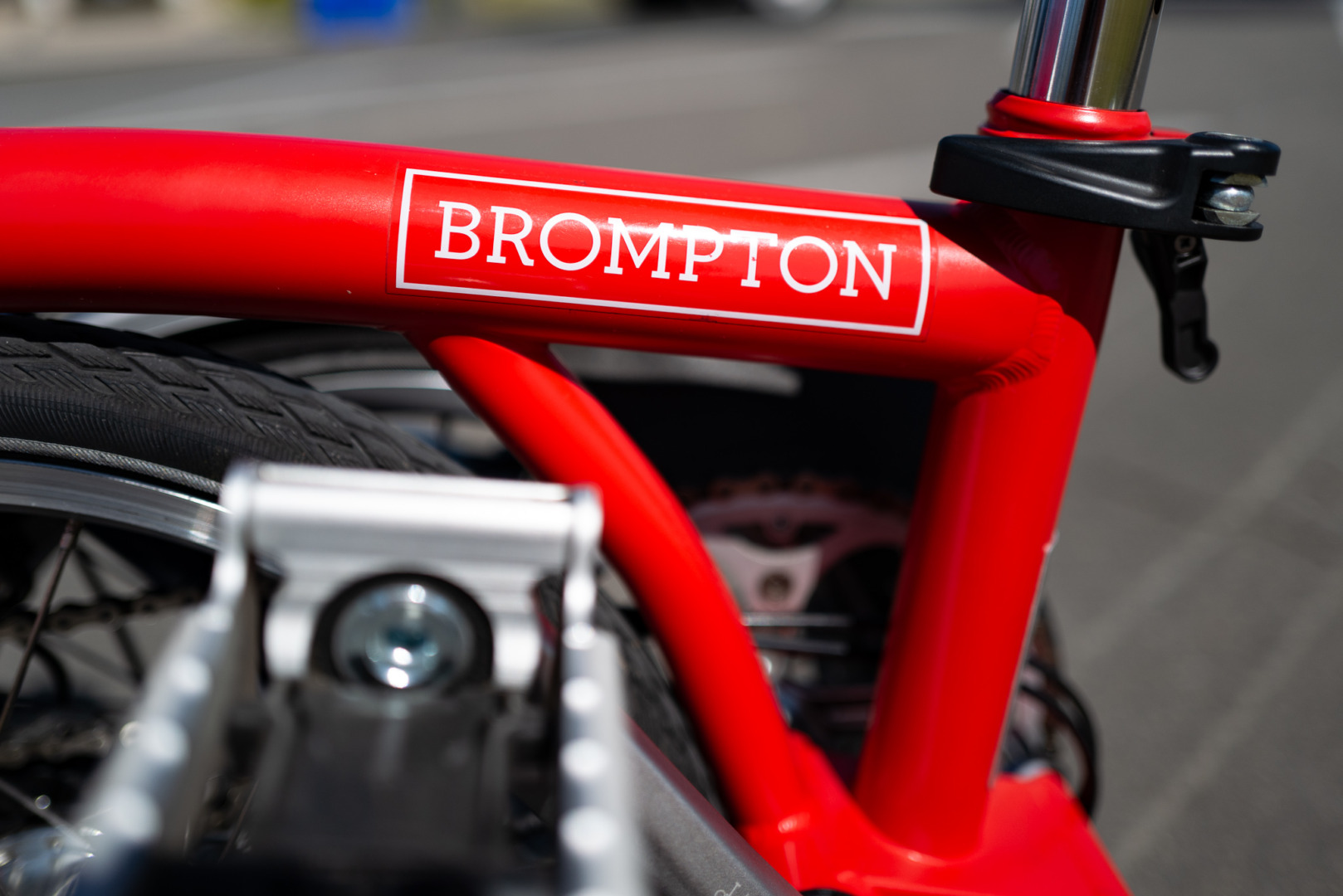
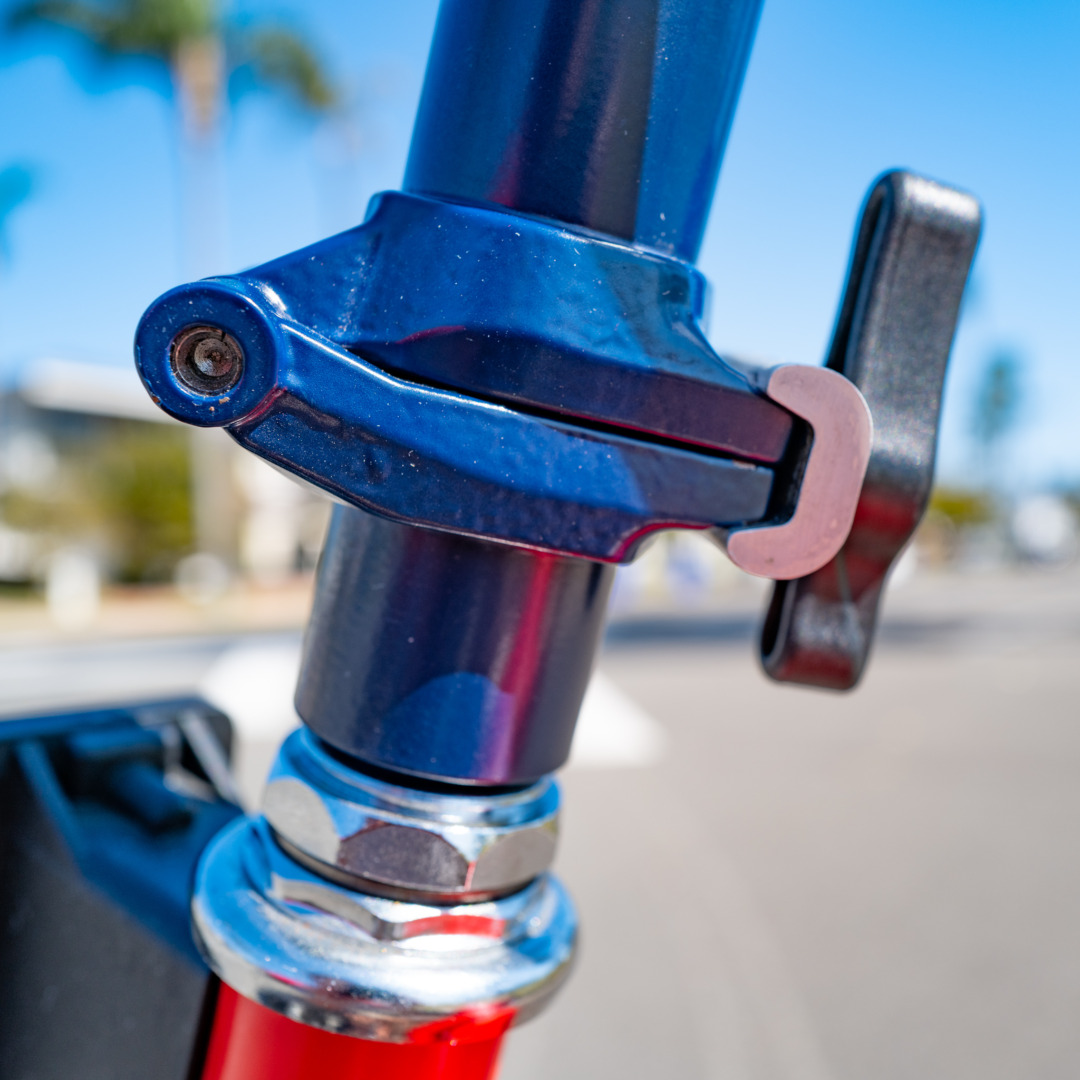
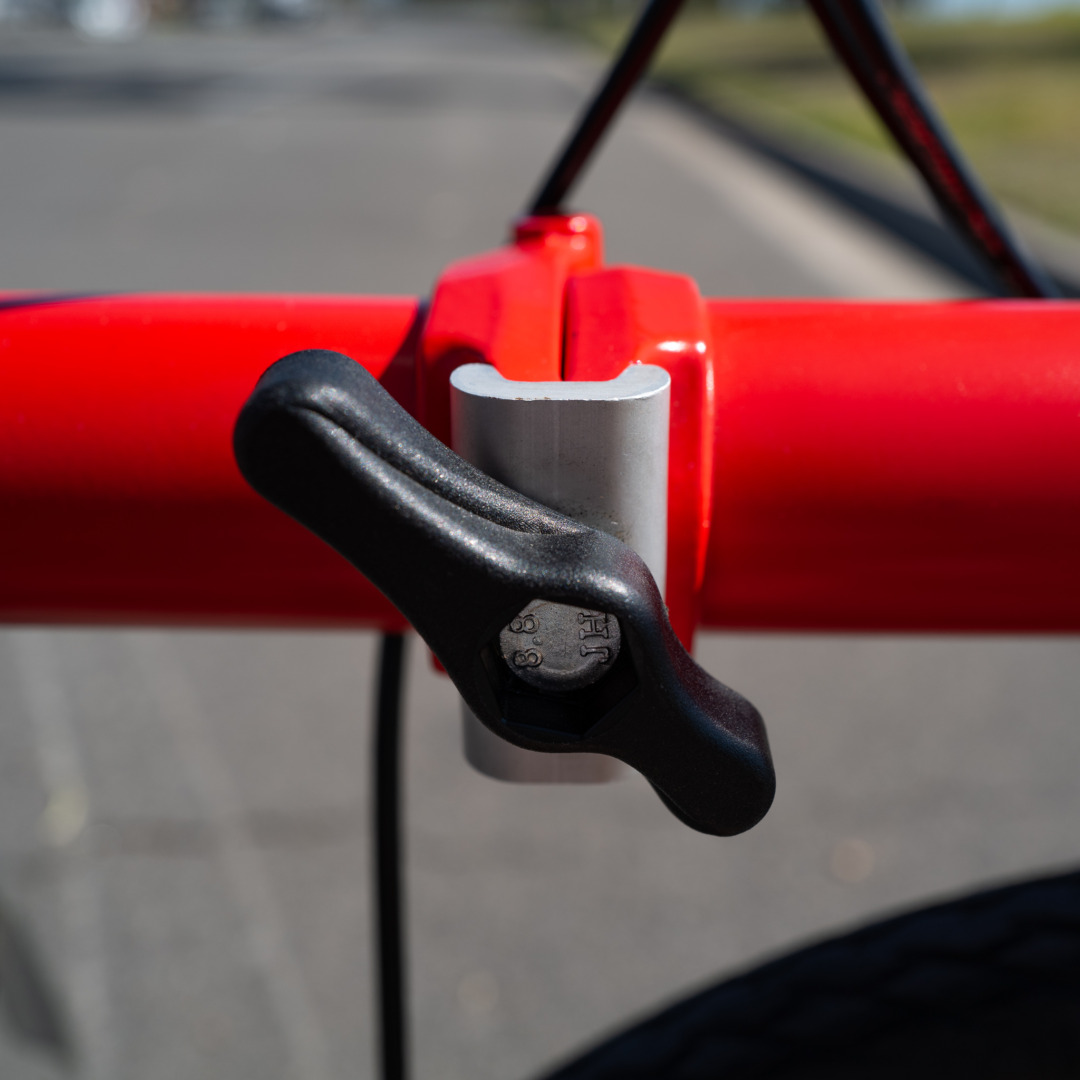
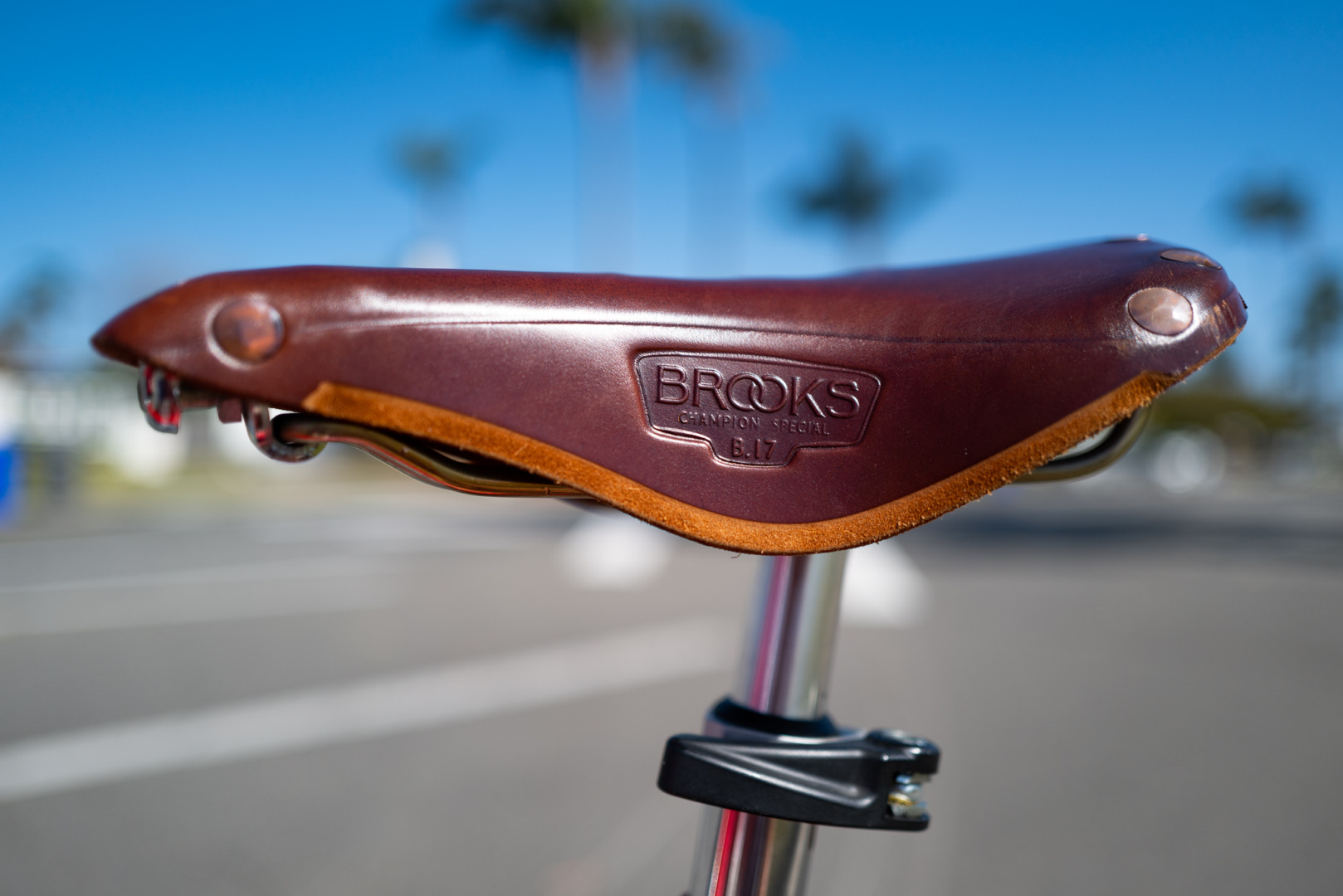
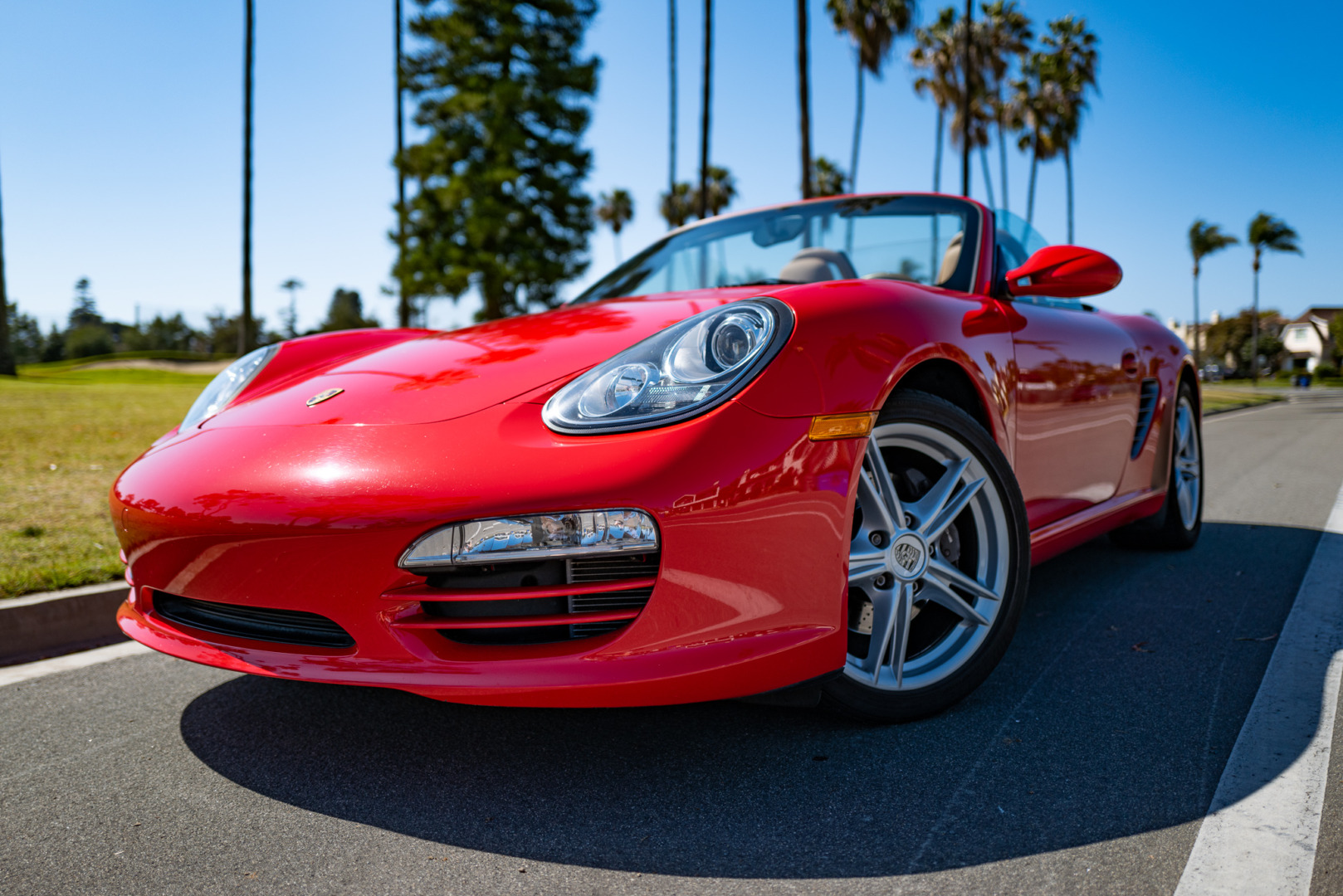
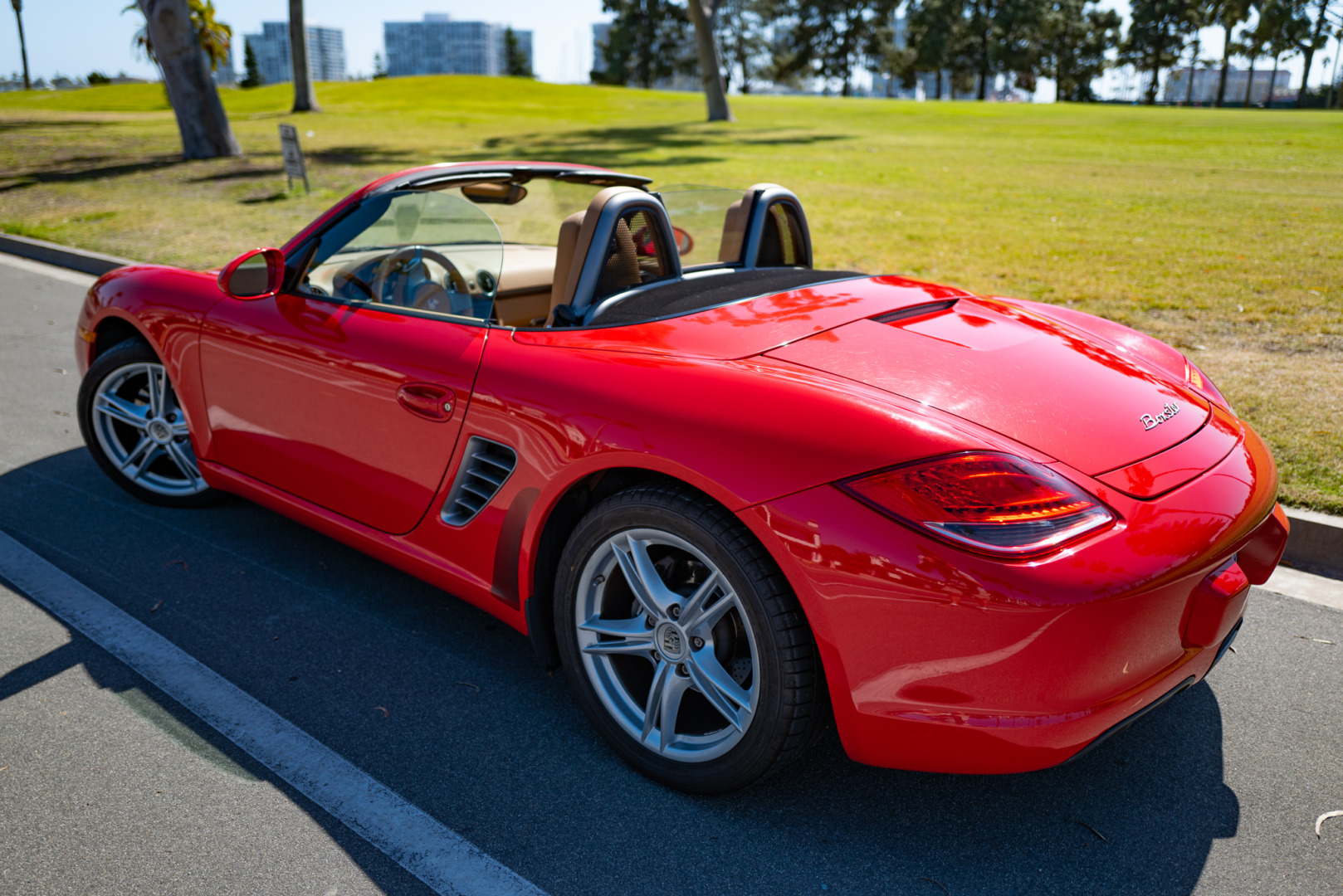
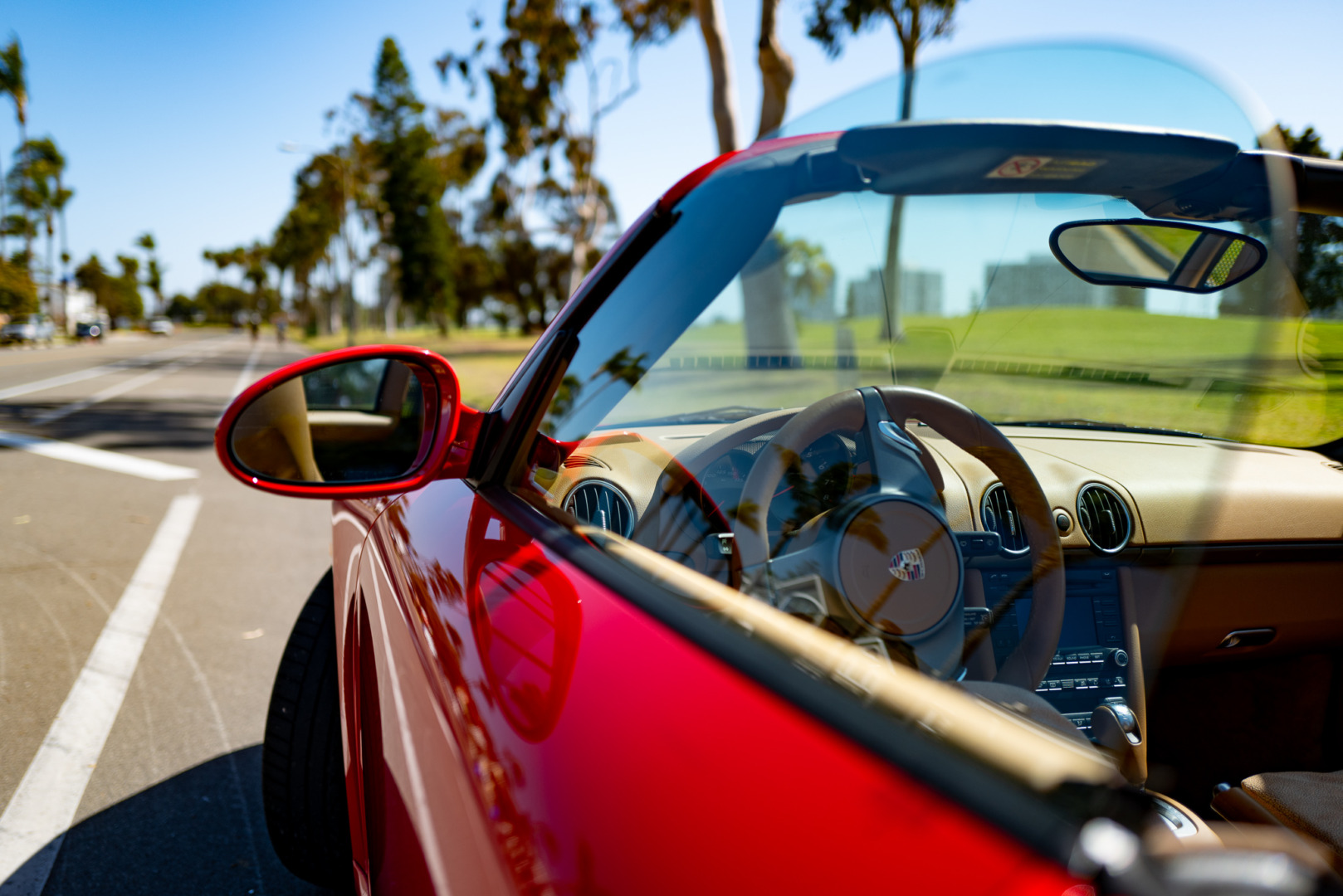
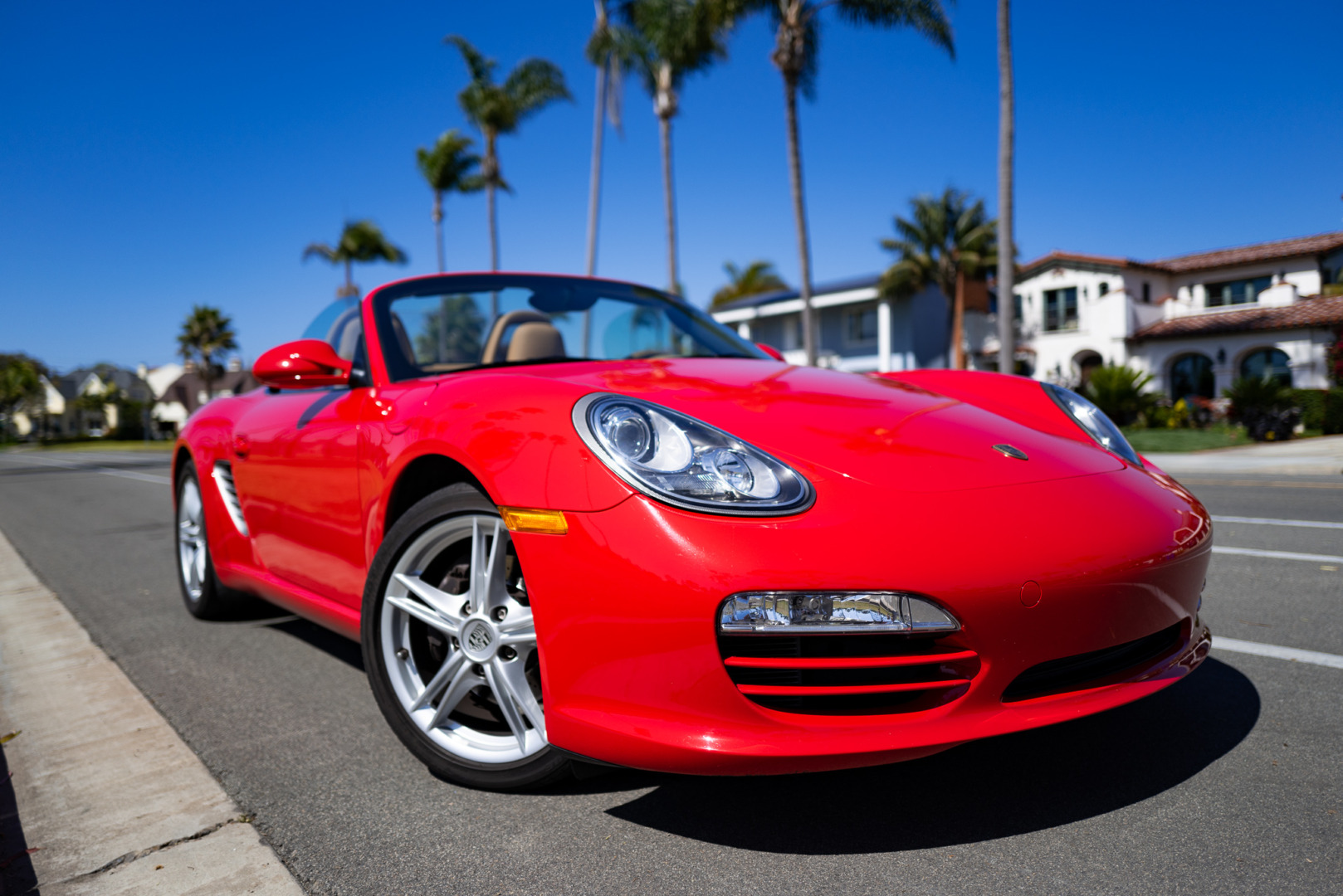
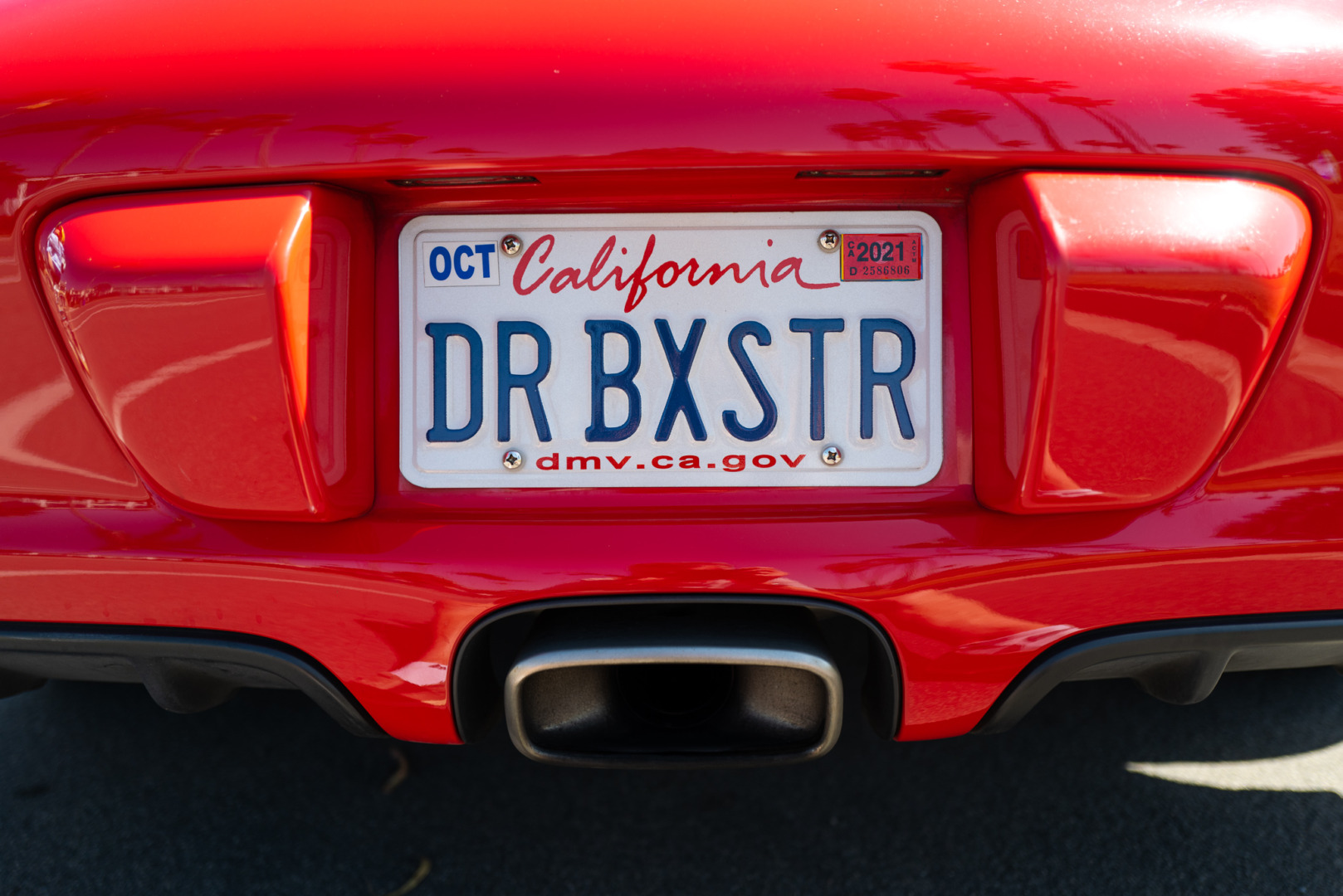
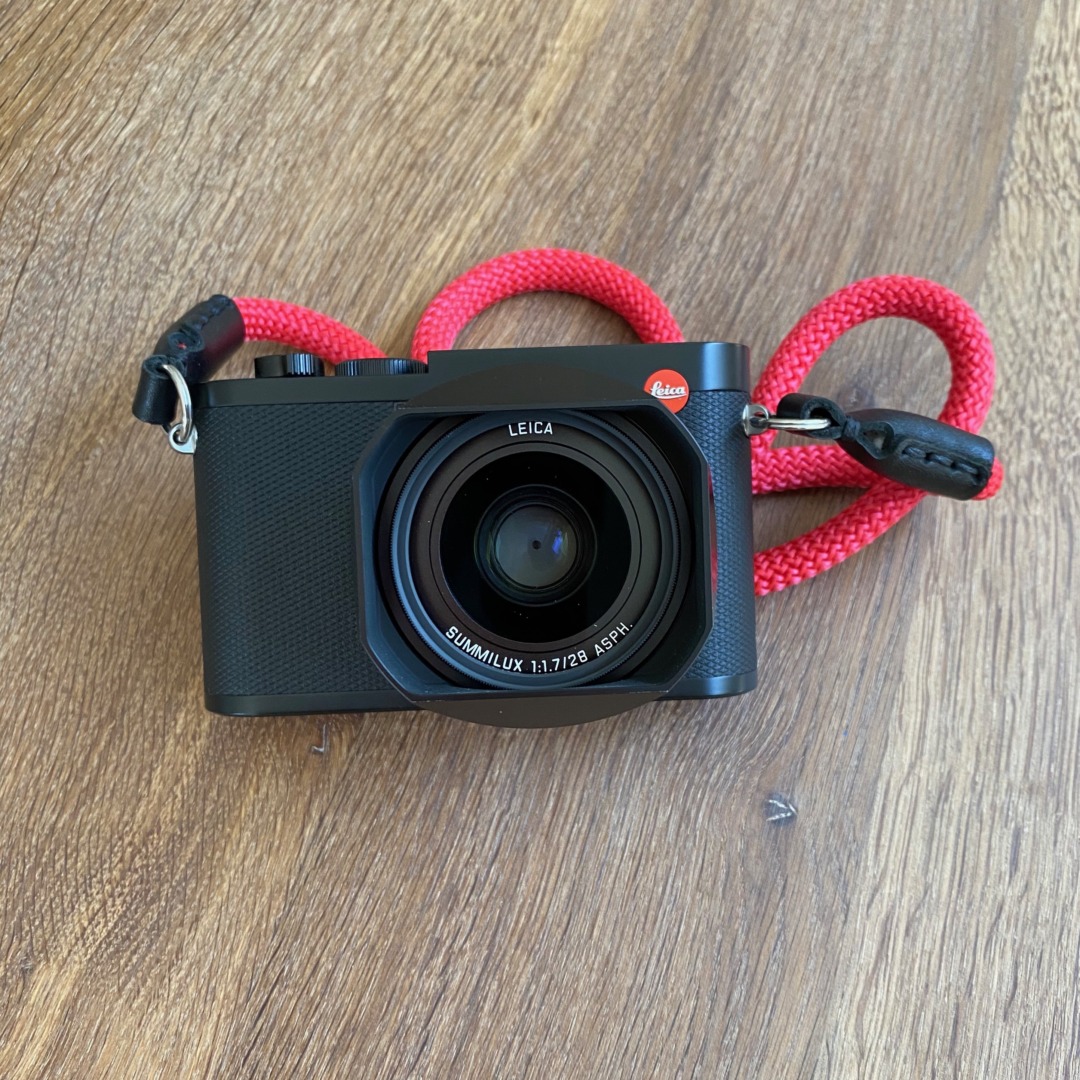
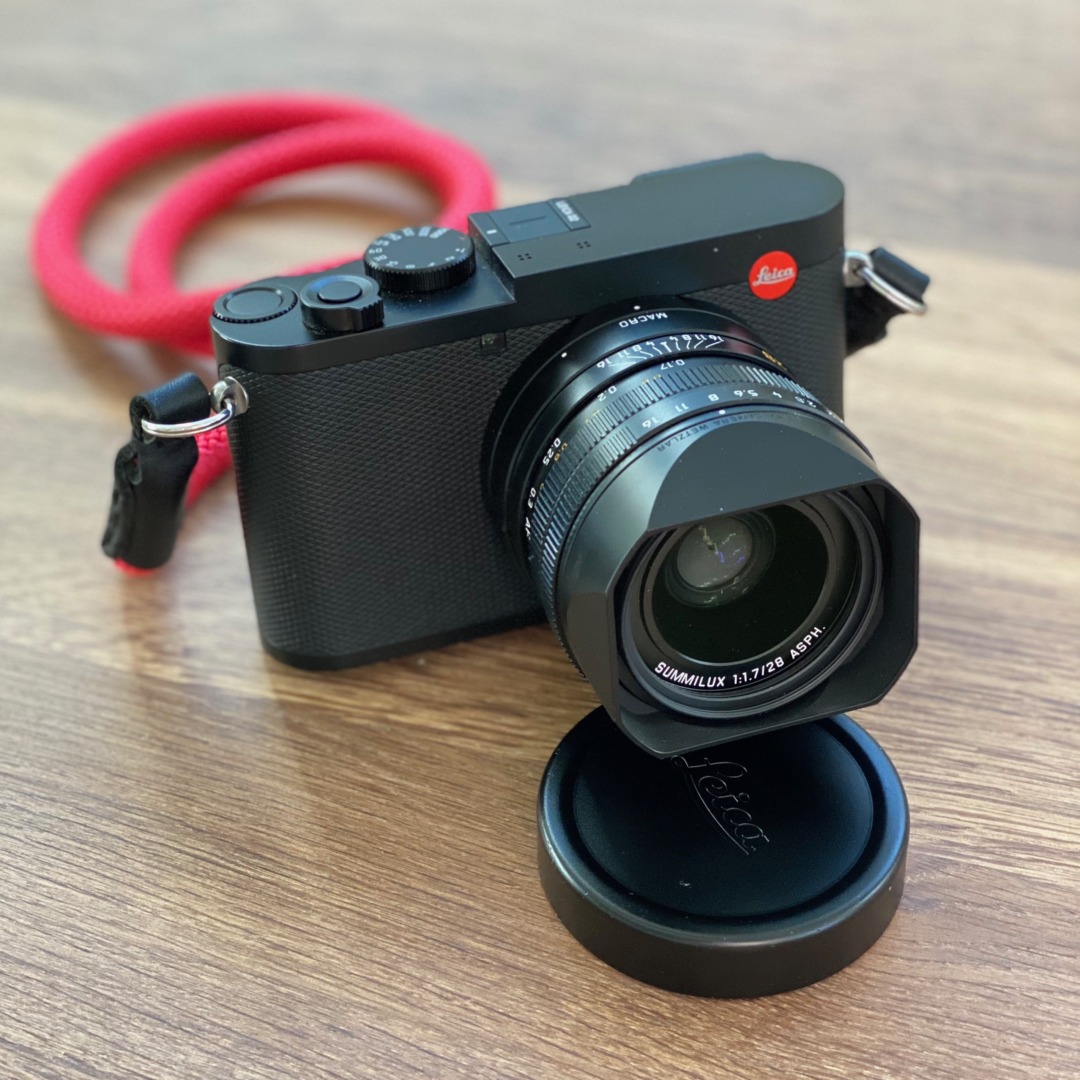
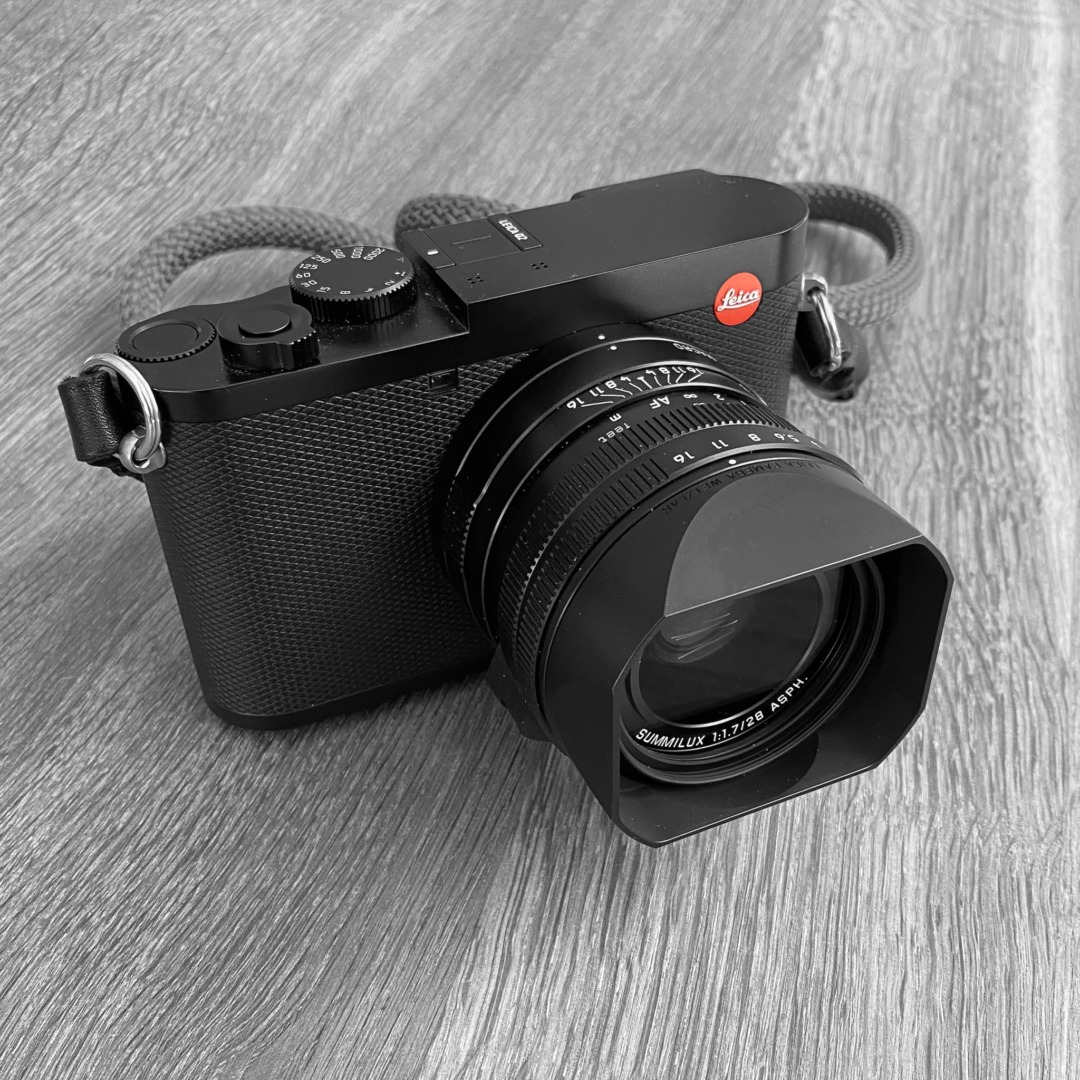




I’m right with you. These things are just delightful, all the more so because they’ve been left behind in history. I’ve recently bought a 1960s record player and it sounds great in a completely terrible, yet nostalgic way. I’ve also got a slide rule. I enjoy my lava lamp too. Looking through my telescope is way more enjoyable than searching the internet for far superior images. But what I’d really like is a juke box. And a pin-ball machine. And a pool table.
Thanks for the interesting article. One of the things to bear in mind is that many of the more recent precision “mechanical” devices such as watches, Leica MP film cameras, Porsche Boxsters etc are likely to be heavily reliant on computer controlled machine tools and measurement/calibration tools to achieve the mechanical tolerances required and of course, computer based design.
Keith. Thank you for writing a stimulating article. I too am of an age where I was taught how to use a slide rule.
Yesterday I treated myself to listening to some fifty year old LPs on my Dual 505 Mk2 turntable. I have a valve preamplifier as my Roksan amplifier does not have a “phono” input. Is the sound different from CDs and streamed digital music? To my ears yes as it sounds warmer, however I will not start the debate on sampling theory and bit depth where in theory there should be no difference between analogue and digital sound reproduction. I understand the digital theory well but there is something about the physical aspect of playing a record where one has to carefully position the stylus on the record and so one is more receptive to a serious listening experience.
A few years ago I refurbished my turntable as the old grease had gummed up the works and the belts needed replacing. I now have satisfaction in using vintage equipment which works because of my own efforts. Needles to say I have transferred all of my records and CDs into FLAC and WAV files and they sit on a laptop which is connected to my amplifier via a USB DAC (digital to analogue converter).
Does anybody agree with me that “High Resolution Downloads” are just a marking ploy as CD quality is all that is required?
I also have kept all our family cameras through the ages including my grandfather’s vintage Kodak camera he used at school in the early 1900s. I have posted these photographs together with his holiday photographs in Europe pre 1914, on Flickr. I still regularly look through them.
Chris
I can’t hear the difference between “High Resolution Downloads” and “CD quality” ..or much ‘streaming’ output ..though my Mini-Discs are pretty good, and DAT recordings can be so phenomenal ..but – as with looking at photos – it depends a lot on how, exactly, you’re listening to these things.
Loudspeakers? ..well, which ones? What amplifier’s being used with them? Headphones? ..open or closed? What make ..Sony or Grado? ..which models? ..Or earbuds ..what make? Sony, Hyphen, Apple, B&O, Sennheiser?
There’s such a long ‘delivery chain’ to take electric signals from recordings – or just mechanical signals in the case of, say, 78rpm discs (see above!) – that who’s to say ..except by endlessly unplugging things and swapping them all over.. what has the most influence on the final replay sound of a recording.
(It’s bit like microphone enthusiasts – of which I’m one, but not obsessively! – debate endlessly over whether a Neumann U47 isn’t far ‘better’ than an AKG C12, or something ..whereas who’s to know whether the sound you eventually hear is all down to the mic, the ‘pre-amp’, the mixer(s), the recording device (analogue tape – and on which machine? – or DAT or hard disc or whatever, your own playback device and speakers or earphones?)
I don’t care! As long as I enjoy it, it doesn’t matter. I like the pulsing ‘attack & release’ I got from the built-in ‘limiter’, or compressor, which was on my (very) old portable stereo cassette recorder (I can’t remember which brand ..Sanyo?) when recording Linda Ronstadt’s “He’s No Good” from (the early years of) Capital Radio ..when the audio dipped (on replay) with every punch of the bass, and take half a second to recover ..an effect like off-beat ska! It’s not on the original recording ..but it’s on my own, old, worn cassette!
‘Familiar’ recordings often sound the best, so maybe that’s why William likes his old 78s so much, and I like the hiss and scratch of some of my old discs (now sitting digitally on my iPod, iPhone, oh and on my Mac: I like the familiar distortion of Wini Shaw and Dick Powell in “Lullaby of Broadway” lifted off the soundtrack LP of “Gold Diggers of 1935” ..and I’m seeing in my mind’s eye those hundreds of feet of tapping down those gigantic steps to Busby Berkeley’s choreography ..and I don’t care a jot about the hiss and crackle.
And I love the SOS Band’s “Just Be Good To Me”, on my iPod ..preferably played through the short-lived Apple ‘boom box’ (whatever it was called: ah; the “Apple iPod Hi-Fi”).. reminding me of the year (1985? ..1986?) when I was in charge(?) of the UK’s first ‘Premium Rate’ down-the-phone-line publisher, and we had a little studio of our own, three big Studer tape machines and (one or two..? ..I don’t remember) turntable(s) to play discs which Tim Westwood brought back from New York(?) of music which otherwise hadn’t yet reached the UK: Suzanne Vega, The Real Roxanne, the SOS Band, and so many more.
I think it’s our associations with music ..music which we know.. which brings it to life ..that’s if we’ve heard it before. If we’re hearing it for the first time, then I think we embed our then-current sensations and experiences into the music, so that – subconsciously – we re-live those previous moments when we hear that music again.
And so, gently placing your pick-up arm (‘tone arm’) on your favourite LP probably gives a similar feeling to the first time you played that disc ..or first heard that music. (I heard “Rubber Soul” for the first time at some friends’ – Jeremy-and-Linda’s – house in Parrock Street, Gravesend, with friends down from Manchester. (No, it can’t have been: that was 1965 ..so what was it in 1969? ..Ah; that was “Abbey Road”!)
I don’t care about the quality ..or the devices between the recording and my ear ..just “feel the width!” ..just enjoy the sounds themselves, and what they mean to you!
David B. I enjoyed reading your comments which are very perceptive. I couldn’t agree more with your thoughts. It is the enjoyment of the music itself which is important and not the devices through which it is played. With many of my old, premium quality records there is the association of when I bought some of them 55 years ago, for the princely sum of 19 shillings and 6 pence, from the Ipswich Music Centre. All the album covers were in wooden trays and once the particular choice was made, the actual vinyl record was inserted into it by the shop assistant.
A couple of years ago I purchased on-line, high resolution downloads which went straight onto my hard drive: one I deleted by mistake. I paid a premium price for so-called enhanced quality but soon realised I had been “had” by a marketing ploy. Supposed higher quality (which can’t de detected by the human ear) does not in my case, bring greater enjoyment. Indeed many of my favourite recordings are in mono and recorded pre-war.
Several years ago there was a test to see where one’s true allegiance lay. Did one spend more on your hi-fi equipment or on your music collection? I believe, taking inflation into account, I spent equally on my hi-fi equipment and on my music collection.
Do we need to take this discussion into the realms of photography where expensive equipment does not automatically guarantee finer photographs – whatever they may be?
Chris
Exactly, David. Looking for the perfect sound or hi-fi is as pointless as looking for the perfect camera or lens. Find one that you like and which works and that way lies happiness. As for the perfect music or photograph that is a matter of personal taste. Looking for the approval of others is a waste of time and I never seek it.
William
Thank you Chris! I am glad you enjoyed the article. I confess that the only photograph I did not take myself was the one of the stylus, playing a vinyl record. I press-ganged my son into photographing his turntable for me. He kindly followed my instructions regarding angle of view and depth of field! I am though thinking of splashing out and buying a turntable to complement my Rotel and B&W stereo system. 🙂
.
..and you know what, Keith? ..that is my favourite photo of them all “..the one of the stylus, playing a vinyl record” ..and it wasn’t shot with one of those precious meticulously crafted ‘mechanical devices’ “..that require me to slide, twist, turn, wind, push, or pull specific components”: that one was shot with an iPhone.
And it’s not just a record (sorry!) of what was in front of the lens ..it really conveys an ‘intensity’ of love of vinyl. It’s the photo that counts, not the instrument used for shooting it.
Very enjoyable article Keith. I am also into fountain pens and mechanical pencils. I did an article recently in the LHSA Viewfinder on Oskar Barnack and his involvement in the Mont Blanc PIX mechanical pencil. Watches as well. Among the ones in my collection, I have two Sinn models. The 356 Flieger, which Stefan Daniel also owns. The other, a 856 UTC has all of the technology Sinn could pack into one watch. Tegimented steel, high anti-magnetism, 20 Bar water resistence, Copper Sulphate capsule to keep moisture out, plus a second time zone hand. Sometimes this feature is better known as GMT. I have mine set to Wetzlar time!
I would add the Rotring 600 series of fountain pen, roller ball and ball point – a very utilitarian set of writing instruments.
As for Sinn watches, I have three: 356 Flieger; 756 v.1 and the EZM3. Each representing a unique niche in watch history and technology.
Thank you Bill. I am glad you enjoyed the article. I believe there is another Sinn purchase in my future at some point! I am thinking perhaps one of those brutally minimalist dive watches of theirs. 🙂 All the best, Keith
Interesting article Keith, and very relatable. It seems this category of well-engineered mechanical devices has some universal appeal, outside if its immediate use. I see friends of mine with similar interest share the same passion for mechanical tools. Cars, cameras, watches are the obvious ones (I bought my wife a Nomos earlier this year. And my daughter a Mr. Jones, a quirky watch to introduce her to the marvel of an automatics movement). I drive a 2009 Z4 six-in-line which I adore and yet I feel the pull to something even more ‘reduced’, like an Alfa junior GT, or dare I say, an older 911. To close, there is another mechanical marvel that would make it on my list and that would be the bicycle. Something so simple and so effective still gives me joys on an almost daily basis. From the very advanced to the very basic, any bicycle is a beautiful mechanical device.
Thank you Erwin! I am glad you enjoyed the article. I agree that the bicycle must be on the list of mechanical devices which has resulted in the greatest material benefit to mankind! And when cruising along, in beautiful surroundings, on a sunny day, one doesn’t even think about the physics of being able to remain upright while in motion, and the complex gyroscopic forces acting on oneself as you round a bend and bank into the corner!
The article was a great read, and so were all the comments. And when it comes to bikes, I’ d like to share my “find” with you: two years ago I bought a sporty bicycle from the French brand Motobecane. It was brand new and still almost 50 years old. It had been buried as it were in the cellar of a bicycleshop wrapped up in plastic and was never sold. The factory Motobecane went bankrupt in 1974. It is beautifully built, very light (c. 11kg) fitted with a 3-speed Sturmey-Archer nave, and … even the tires are still original. It is really a joy to ride; pure bliss.
I think we all probably have a ‘missing item’ for this list. Mine would be a fountain pen. I have over the last few years reverted to pen and ink and pencils and banished the ball point from my world. It is about taking more time and care (and without any doubt for making my dodgy handwriting somewhat more legible). Difficult to choose the right one but my current favourite is from the occasionally maligned Montblanc brand, but a Meisterstück 146 not the much larger, more well known and slightly more ostentatious 149. The guy I most depend on for his fantastic used range and excellent service is Roy van den Brink-Budgen (great name!!) of Izods pens https://izods.ink/products/preloved/. Hope the doesn’t sound like an overtly commercial plug but he is just a great bloke to do business with – a pen equivalent of Ivor at Red Dot.
Many years ago, when I worked for Leica Microsystems, I visited the Heerbrugg factory (Old Wild works) in Switzerland, where Leica Stereo and Surgical microscopes were and still are made.
Quality manufacturing is, of course, up to Leica standards. It is interesting when assembling these instruments to see the quality of the finish in areas that are completely hidden. Manufacture is still manual and the reject box of optical parts is available for hoarders like me to help ourselves.
One day we visited a small factory up a side valley from Saint Margreten where surgical instruments are made.
Many of these instruments are used under a surgical microscope and the instruments are finished accordingly. The finishing touches are made under a microscope, the worker sits on a rotating chair with 2 or 3 stereo microscopes set to different magnifications and rotates between the microscopes to fine tune the finish on the blades. The blades of scissors are measured in millimetres.
Much of my time was spent using these wonderful instruments while performing procedures on very young rats.
If only my hands and eyes were as steady now. Micro surgery is still performed with this exquisitely made equipment.
Philip, you might recall that we all got lumps of unused Leitz glass on our visit to the Leica factory in 2018. You will also be interested to know that a Leitz Moment camera from about 1905 is the first item in the catalogue for the Leitz Auction to be held in Vienna on 12th June next. It looks quite different to the example in Australia which you have seen. I suspect that the only part of it that is from Leitz is the 12cm Summar lens. Going on past sales it could fetch
Up to 50,000 Euros. Leitz was, of course, in the microscope and lens business long before the Leica was born.
William
An interesting article. I like old mechanical things but they don’t make me feel special and I collect them because I find them interesting. Yes they are much nicer to handle than today’s plastic and electronic devices, but that is only my own personal taste. I generally buy things that I like or are of historical interest rather than for any personal image creation. Some examples. Last week I got a 115 year old Falling Plate Camera which is quite complex to operate and I am not sure if I can get the dry plates necessary to use it. I bought it as it has a name plate on the top with Belfast on it and also because the famous Irish playwright J.M. Synge famously bought a Falling Plate Plate camera from an English Tourist on the Aran Islands in the 1890s and used it to record the local people and culture. The camera did include an unexpected item, a developed glass plate containing an image of a house decorated for the Silver Jubilee of King George V on 6th May 1935. This was an unexpected extra. This week I acquired a Kodak Bantam Special camera with a streamlined casing designed by the famous Art Deco designer Walter Dorwin Teague. In my opinion, is probably the most beautiful camera ever made and looking at it I commented that it was a pity that the paths of Walter Dorwin Teague and Leica did not cross. Besides the beautiful design, the camera also has a very interesting and effective design from a mechanical perspective. I have ordered some rare (obsolete in fact) and very expensive 828 film for the camera. Why am I doing this? In truth I cannot answer this. I just liked the look of the camera and its mechanical set up. The camera says nothing about me and my personality apart probably from the fact that I am an instinctive collector which explains why I have a very large camera collection.
Earlier this week I obtained a 78 rpm stylus which will enable me to listen to some 78 rpm records of music made by Louis Armstrong in the 1920s. I obtained this in a ‘real album ‘, a book with 4 78 rpm records in sleeves recently , but I have had all of the music on the album for over 50 years on LPs and in more recent years on CDs. The 78s have a presence which is lacking from later formats, which is not surprising considering that was how the music was intended to be heard. This is not ‘retro’ behaviour on my part as I have always liked the music and I am a financial donor to the Louis Armstrong House Museum in Queens, New York. I was also influenced by hearing an album of 78s owned by an even older Armstrong fan. His set of 4 78s sounds marvellous even though he bought them about 75 years ago.
I hope I am making sense here. The words ‘analogue’ and ‘retro’ are not in my vocabulary. I just know what I like and these items say nothing about me and I do not buy anything for image purposes. Ask Mike Evans who knows me well. Finally that watch named ‘Sinn’ would be called a ‘Shin’ where I live and people would expect another word after that. Hope that does not confuse.
For what its worth, I like all of the things which you show above, but my perspective is somewhat different. I would not let that Alexa woman into my house, though, nor would Mrs F. If I want to listen to Coltrane playing ‘My Favourite Things’ I will put on an LP or a CD as I have been doing for many years. I first bought that on an LP about 1973, 48 years ago. Maybe I am unchanging rather than ‘retro’.
This is all about my way trying to relate to your nice article, I suppose.
William
Good for you William, enjoy your LP’s and CDs. I’ve got the Brompton mentioned above and have had lots of unforgettable adventures with it, and today I’m buying a cassette deck, of all things, just for the enjoyment of playing my old tapes! I’m still using CDs too. No streaming here.
And my 78s. Still making plans to use my 19th Century Brass Lenses made in Dublin with a period camera. They make great images when used with a digital camera, but I want to get closer to their original use. Some years ago I actually took a wet plate image of two of my 19th Century lenses.
William
The Bantam Specials really ARE special, but I’ve found that – before you take photos with them – you should put a piece of tracing paper in the open back, set the shutter (..there were two kinds; the American Kodak ‘Supermatic’ and the European Compur..) ..to ‘T’, and point the camera at something bright: then try focusing, and check that the actual sharpest (upside-down!) focus on the tracing paper really matches the focus distance shown on the scale and in the split-image finder ..I’ve never found any which actually coincide ..and I’ve taken apart a good few to re-position the lens so that it does actually get best focus when using the focus scale and/or finder.
(That’s especially important for those f2 lenses, which have shallow depth-of-field at f2, of course.)
For your first roll of film, instead of hunting for hard-to-find ‘828’ film (Nik&Trick used to sell it, or you can cut your own from ‘120’ rolls) you can just – in the dark – wind about two-thirds of a cassette of normal 35mm 36-exposure film onto an ‘828’ spool; it’s the same film (35mm), but normal 35mm has the sprocket holes down the edges. Just for testing, and if you’re happy to let the lens’ image ‘spill’ onto the sprocket holes, just use any standard 35mm film ..but be sure that the rear sliding ‘peep-hole’ (frame counting) window is tightly shut, so that light doesn’t spill onto 35mm film which doesn’t have the usual ‘828’ backing paper! (You can estimate the amount to wind on for each frame, by letting the internal ‘feeler’ fall into each perforation, then releasing it – with the little metal button on the back – and winding on a fraction to the next perforation ..and doing that eight times before taking your next shot.)
As for 78s, (“The 78s have a presence which is lacking from later formats, which is not surprising considering that was how the music was intended to be heard..”) they certainly do have a different sound from modern playback formats, but, er, I’d take issue with “..that was how the music was intended to be heard”. Instead, I’d say “that’s the best sound that much equipment of that day could deliver”. If you’ve heard old recordings – not copied from 78 pressings, but from the original acetate cuts or tapes of the period – played through decent modern equipment, you may be amazed at the previously unheard clarity and fidelity of those originals ..which never survived through the sequence of ‘master’ (pressing) devices, pressed shellac, and the ‘tinny’ reproduction chain of needle (stylus) and diaphragm or horn, or even electric pickup. An iTunes download of Humphrey Lyttelton’s “Bad Penny Blues” sounds pretty much the same – but without clicks and scratches – as played off the (apparently by Joe Meek) original recording issued on 78. But listen to, say, the last two recordings on Roger Wilmut’s page – rfwilmut.net/notes/repro78/demo.html – and you’ll hear a range of tone and fidelity – the singer’s every breath on “Il n’était un roi de Thulé”..! – never available on hissy, boomy, surface-noise-laden 78 discs, and yet they’re recordings made back in 1932 and 1940.
Your Bantam Special (..with a clean lens and a decent lens hood, and film like, say, Ilford XP2..) should be able to take photos which almost match anything shot with a modern film camera, but when you listen to old 78s – no matter what record player and stylus you use – you’re really not listening to what was recorded (with microphones of whatever vintage the recordings are), but you’re listening to only what is reproducible from the 78rpm coarse brittle disc format. 78s do not give a true reproduction of the original sound, but only a reproduction of what 78rpm disc pressings can deliver.
It’s just like riding in an old 1920s or 1930s Rolls-Royce; they were extremely comfortable and luxurious in or of their day, but nowadays they sound and feel more like riding in a lorry!
All best wishes,
David.
Thanks David for your interesting comments as usual. I have sourced the 828 film and some rolls are on their way to me. I have also downloaded the camera manual and have noted the bit about the camera sensing the frame being wound on, but I think I’d rather use the numbers on the paper back. I have cross checked the numbers on the distance scale when using the rangefinder and have compared those with a Summilux on an M10 and the two matched perfectly. I agree that the way that the lens is mounted can affect the focus, irrespective of the distance indicated, but this is a Kodak lens in a Kodak mount on a Kodak Supermatic shutter and I assuming that the items are well matched. I’ll know when I process the first roll of film.
Moving on to the 78s, any sound other than live sound is going to have gone through some processing (either mechanical or electronic or otherwise) which will alter the sound Likewise other factors at the time of early recordings which were made through a giant megaphone or just one microphone in the early electric days, such as the position of the individuals can alter the sound in the ‘final product’. Famously the young Louis Armstrong was asked to stand in the corner like a naughty schoolboy a long way from the megaphone as he was drowning out all of the other musicians. I don’t mind a bit of surface noise, in fact I find it very relaxing. When I talk about presence I know what I am talking about as this is music I have listened to for over 50 years. Indeed West End Blues which is on this 78rpm album was the first piece of music I listened to at the start of the new Century and I had already been listening to it for 30 years at that time. I obviously was not in the Okeh studios in Chicago in 1928 when the original recording was made probably to wax in order to make a metal master for the shellac stamper. I could go on all night about this, but I’ll finish by saying that I like to listen to music rather than to my hi-fi. I hope that makes sense. The best CD versions of Armstrong’s early music were made by British engineer Dave Bennett who took them directly from 78s using Peter Ledermann’s Strain Gauge cartridge system (you can Google this if you wish) which he then puts out on private CD editions, all of which I have. The original 78s are better, though, as regards presence.
William
Thank you William! I am glad the article triggered these reflections on your part. I have a musician for a son who, for his sixteenth birthday some years ago, surprised me by asking for a turntable, since he wanted to purchase and play vinyl records. It was the first indication to me that this format might be making a comeback.
I also appreciate mechanical things. I ride a highly mechanical BMW motorcycle and shoot mainly the Hasselblad V cameras, but I’ve recently acquired two Leica screw mounts, the IIIF and the 1c. Both seem so right in the hand, so perfect when operated. I might say “built like a gun,” but I don’t own one of those.
The Leica III is one of the most beautiful cameras ever made. I have a soft spot for the IIIg and I have spoken to users who, at the time in the mid 1950s, much preferred the LTM cameras over the new-fangled M. I have nice examples of the III, IIIf and IIIg and all are a delight.
Me too, Don
The various types of abacus deserve a mention … still being manufactured in Japan and used at the speed of light by e.g. market traders.
Makes me think of Midsummer Murders episode was two guys killed one analog other digital photographers. Their respective passions. Me the slide action on pump shotgun or opening closing o/u. Or side by side.other thing is LEICA Q in 35 crop and trying get manual focus right.
Midsomer was the most dangerous collection to towns and villages in Britain! A nightmare for realtors/estate agents – lots of properties for sale but no one wanting to buy…
reat article. I still own a slide ruler and a paper logarithm table from high school though I was really poor at maths and prefered art,languages and literature. My analog cameras are collecting dust and so does my record player.
Jean
Thank you! I am glad you enjoyed the article. I enjoyed writing it. I too still have my paper log tables from my high school math days!
As Keith knows, I share his passion for mechanical devices of all types. High on my list, alongside Keith’s excellent repertoire, would be the typewriter. However efficient the modern keyboard and computer can be, I still hanker after that mechanical clackety-clack and the satisfaction of seeing the letters appear one by one on the page.
On the watch front, a couple of weeks ago I read a fascinating article on the history of Gläshutte and the efforts that have been made over the years to establish standards for the proportion of local materials and labour that should be the hallmark of the Glashütte imprimatur. I had intended to provide a link but sadly I cannot now find the article. I thought it was on Pad & Quill, a website I follow, but I just couldn’t find it.
The story of Glashütte is fascinating. Watchmaking was long present here but after WWII it was nationalized under the “GUB” banner to produce watches for the Soviet block. After the fall of the Berlin Wall, Walter Lange returned to reclaim his family’s business, Lange und Söhne, and restart production. Swatch bought Glashütte Original and others followed to return the town to high end watchmaking. A lot of components are made locally which supports local employment and makes quality control easier. When we can travel again it’s worth a trip here and to Dresden which was the Silicon Valley of the 18th century.
There were so many camera companies around Dresden, which almost all got absorbed into Zeiss or Pentacon or Ihagee ..where’s me reference book ..darn; downstairs. And being on the eastern side of Germany, much of that was dragged off to Russia or Ukraine – places further east – except for those Zeiss staff who were resettled in Stuttgart and then Oberkochen.
(Imagine keeping the name ‘Pentacon’, but licensing, or releasing, the name ‘Pentax’. What were they thinking?!)
Thanks Keith, I think you have created the start of what Lou Reed called “It’s such a perfect day”. I could happily think and talk about bikes, cameras, cars and watches all day. I might just focus on Nomos as it’s a quirky brand with a minimalist design that fits in almost anywhere. It also happens to be located in a small town close to Dresden called Glashütte where on the same street you can find powerhouse brands like Lange & Sohne, Glashütte Original, Mühle Glashütte and others, all being made by hand. It’s hard to comprehend that amount of watchmaking skill in such a concentrated space. And not a single quartz movement in sight. You can argue in a rational way that these beautiful handcrafted mechanical watches have no place in the modern world of Apple Watches, but simply being able to turn those watches over and see exquisite hand finishing of the movement provides more than enough joy to turn away from the rational.
Thank you for your comments! I am glad you enjoyed the article. It was fun putting it together and photographing the objects I discussed. I learned something about the challenges of photographing items at very different scales whilst capturing something of their true character. My Q2 proved to be an extremely versatile tool for the job. All the best, Keith